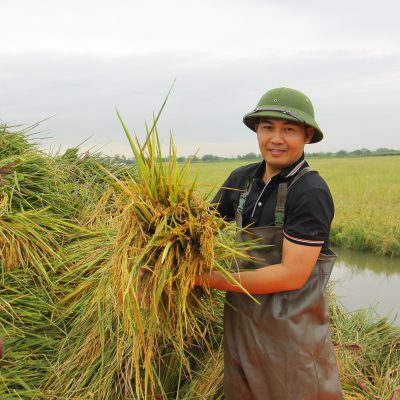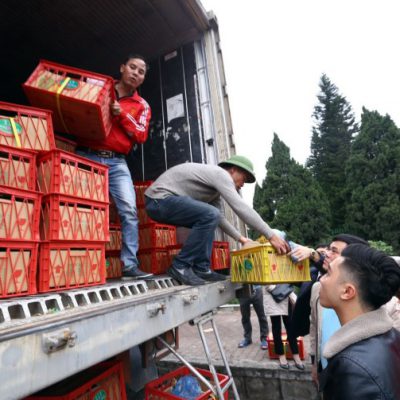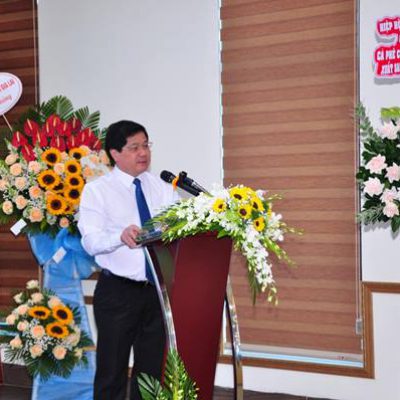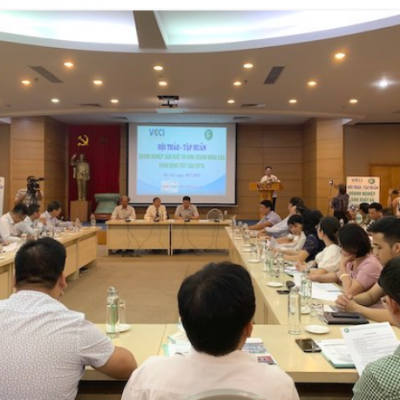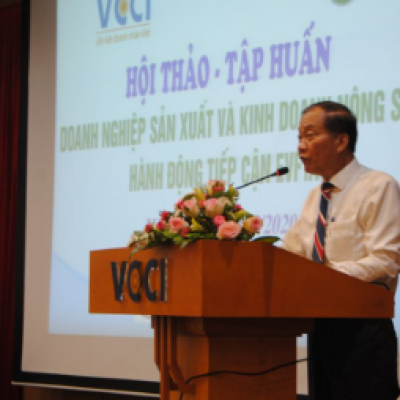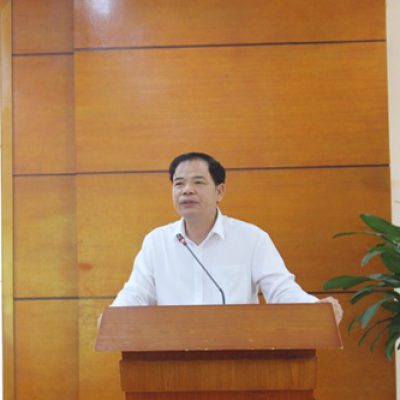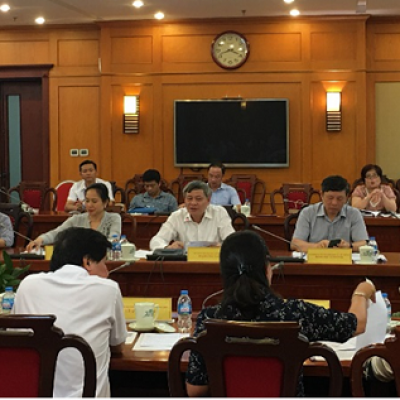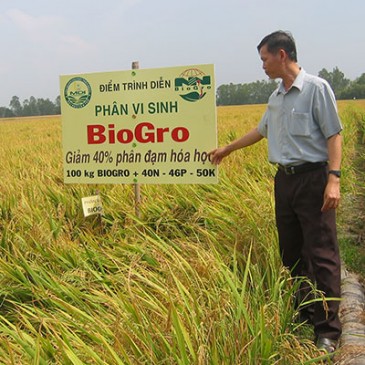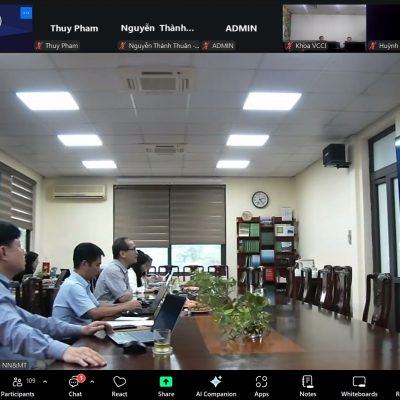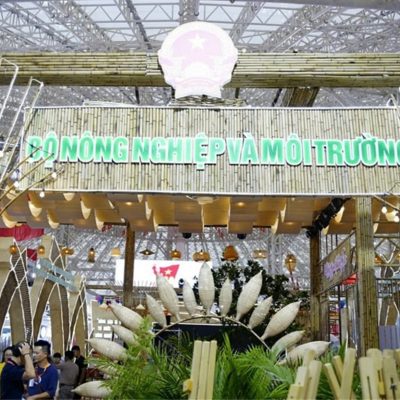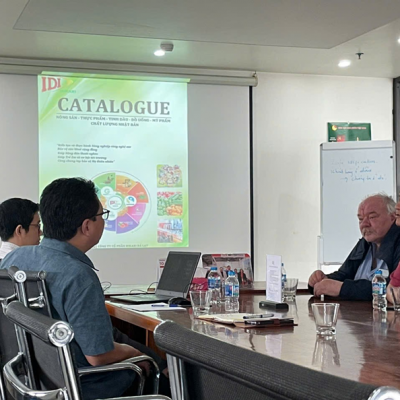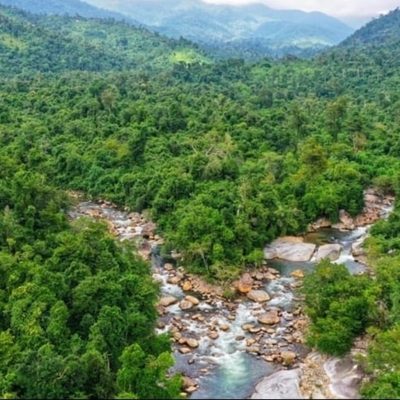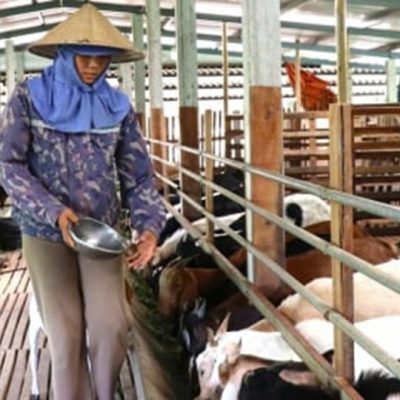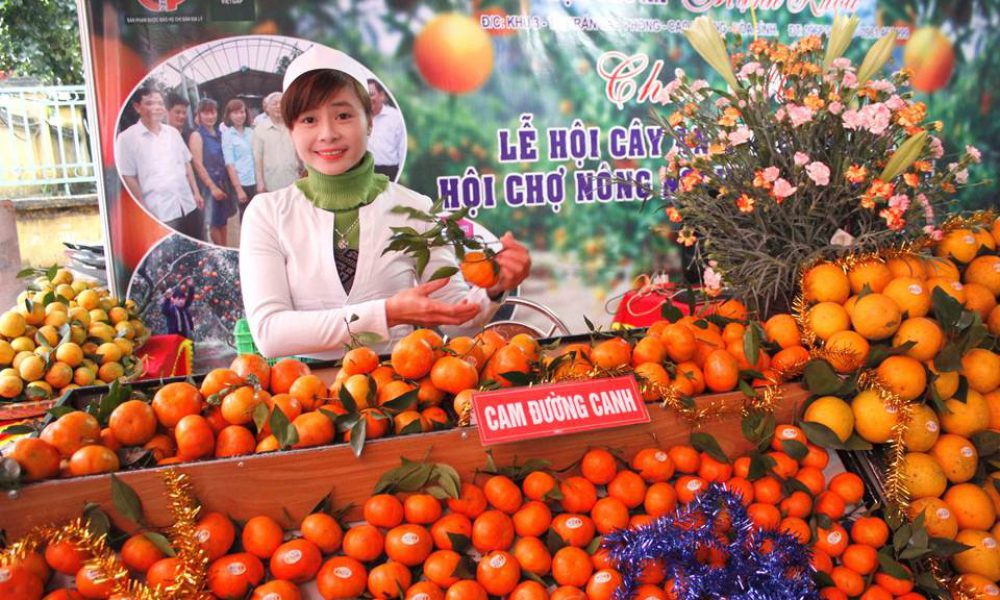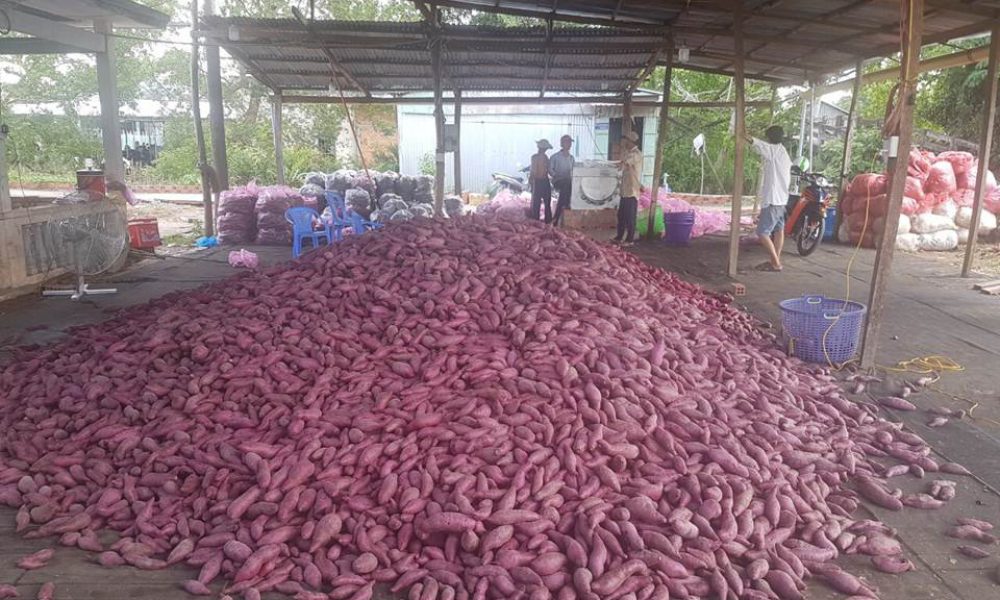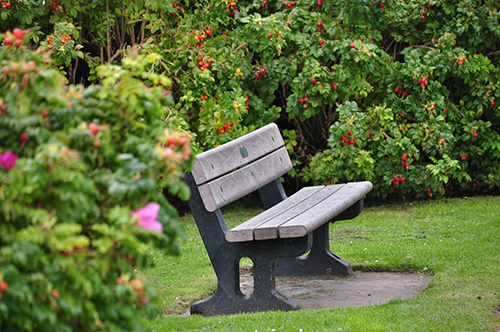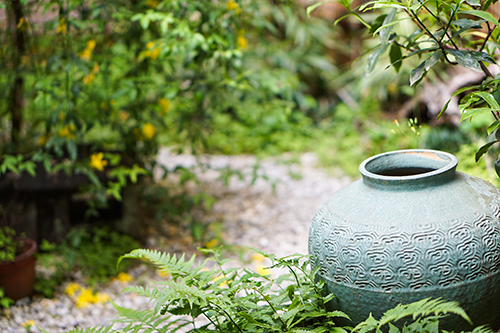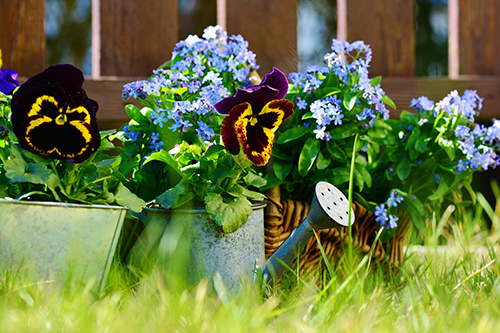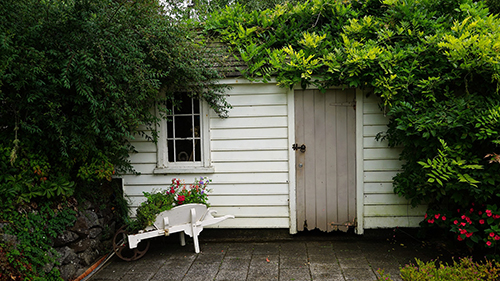Export price of pepper in the year 2022 is forecasted to continue to hold high
Export price of pepper in the year 2022 is forecasted to continue to hold high
According to information from the Import-Export Department (Ministry of Industry and Trade), in year 2021, Vietnam's pepper exports are estimated at 261 thousand tons, value 938 million dollars, reduction 8,5% in quantity, but increase 42% in value over the year 2020. For the whole year 2021, The average export price of Vietnam's pepper is estimated at 3.593 USD/ton, increase 55,2% over the same period in the year 2020.
Good news for pepper growers
Whereby, in year 2021 past, Vietnam's pepper exports have a shift in market structure. Proportion of exports to US markets, ME, United Arab Emirates, Pakistan rose, while the proportion of exports to the Chinese market, ASEAN down.
Especially, in 11 may 2021, Vietnam's pepper exports to many markets increased in both volume and value, including: USA, United Arab Emirates, Virtue, Pakistan, Netherlands, Korea, Brother. Remarkable, The amount of pepper exported to the Dutch market increased to 52,7%, reach 3,17 thousand tons.
Besides that, Many markets increase to buy white pepper from our country like Thailand, China, India, Spain. Bring the total export output of white pepper 11 may 2021 reach 21,2 thousand tons, value 106,23 million dollars, increase 2,3% in quantity and increase 58,7% in value over the same period of the year 2020.
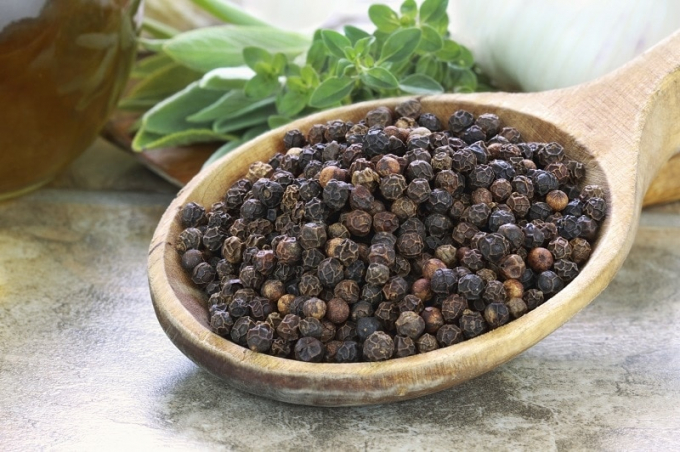
Export of pepper in the year 2021 estimated 938 million dollars
Statistics from the China Customs Administration say, pepper import turnover of this country in the month 10/2021 reach 4,79 million dollars, reduction 1,3% compared with month 10/2020. Although China reduced pepper purchases from Indonesia and Malaysia decreased, but increased buying from Vietnam, Brazil and India.
Are known, in 10 may 2021, Chinese chi 14,54 million USD to buy pepper from Vietnam, increase 15% over the same period in the year 2020. Vietnam's pepper market share in China's total imports increased from 25,85% in 10 may 2020, up 31,76% in 10 may 2021.
Good news for the pepper industry, That is, in recent years, the structure of exported pepper has changed quite a lot.
Businesses have reduced exports of raw pepper, instead, promote the sale of pre-processed or intensively processed varieties; promoting the export of products to serve the cosmetic industry…
Step into the year 2022 this, Import-Export Department forecasts, Export pepper prices will continue to stay high. The pepper industry continues to exploit traditional export markets such as the United States, ME, United Arab Emirates.
United States, Vietnam's largest pepper export market, With the economic situation showing signs of recovery, the demand for pepper will increase.
While, Vietnam's pepper has created a fairly solid foothold in the US market. The competitive advantage of Vietnam's pepper products compared to other export markets is quite large.
Constantly improving quality, keep the brand, market expansion
Comment on the shifting structure of Vietnamese pepper, The Import-Export Department believes that, year 2021, Vietnam's pepper has a strong shift in the structure of export products. Citing statistics of the General Department of Customs, in the first half of the year 2021, exports of black pepper and white pepper decreased in volume, but increased sharply in value, while exports of ground black pepper and ground white pepper increased sharply in both volume and value over the same period last year 2020.

Changing mindsets, grow pepper organically, Actively looking for output for products has helped Vietnam's pepper conquer domestic and foreign markets with higher prices..
However, This agency also forecast, Vietnam's pepper exports will face difficulties in the last months of the year. Pepper exports to main markets tend to slow down or decrease sharply. Presently, The amount of pepper left in the population is not much, while the export business is not much “salty” due to the "galloping" increase in shipping costs and strict disease prevention measures in many localities.
“Vietnam's pepper exports in 1-2 Next month will have many restrictions due to the impact of the COVID-19 epidemic, while congestion at southern seaports and high shipping rates will be obstacles to pepper exports.. Pepper prices are also considered unlikely to increase sharply due to improved supply when Indonesia, Malaysia and Brazil enter the harvest of the month 8 and September”, Representative of the Import-Export Department commented.
Therefore, to have a competitive advantage in the world market of spices and flavorings, After Vietnam got the disease under control, Localities and businesses need to have a plan to restore production, application of advanced technologies for processing, develop a variety of products, take advantage of incentives from new-generation free trade agreements that Vietnam has recently joined to boost exports.
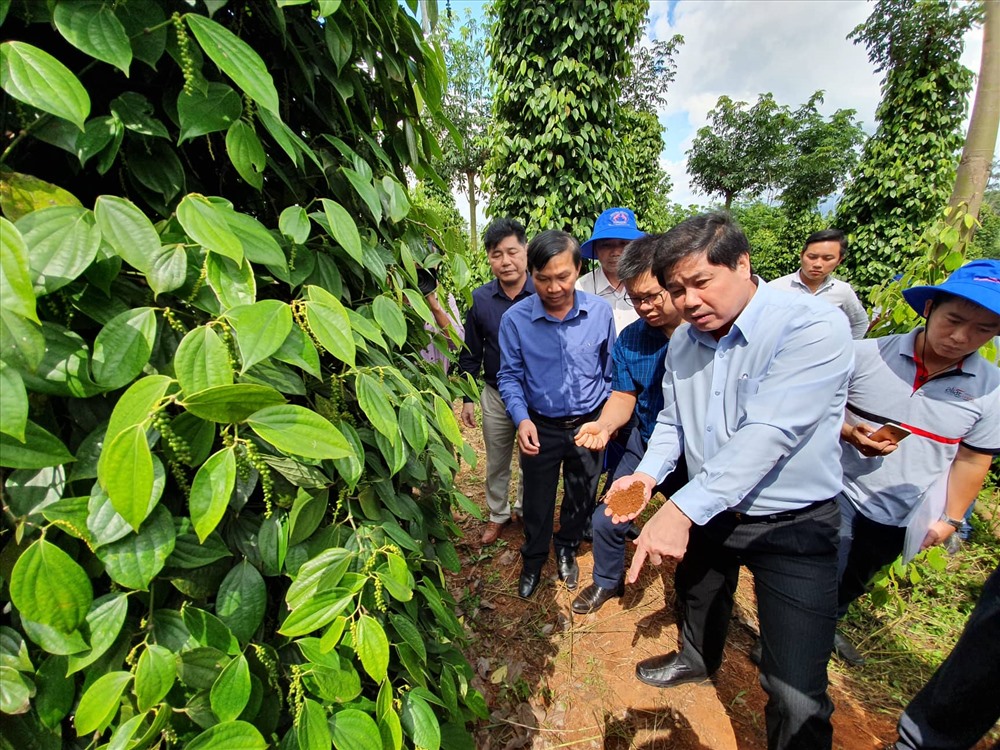
The Ministry of Agriculture and Rural Development inspects pepper cultivation in Dak Nong province.
On the side of Vietnam Trade Offices abroad, Mr. Bui Trung Thuong, Vietnamese Trade Counselor in India said:, India's spice production is about 3 million tons per year. Spices are also a billion-dollar export product of this country. India also imports many spices, including pepper. India imports pepper from Vietnam about 25-30 million USD / year.
Therefore, for seasoning, Vietnamese flavorings successfully exported to India, Mr. Bui Trung Thuong recommended, businesses that need to apply science and technology or research and develop products, for example a variety of seasoning ingredients mixed into 1 spices with characteristic flavor. At the same time, Businesses also need to learn the flavors of other countries to make products that meet the tastes of this market, create competition with similar products of other countries…
In charge of the Vietnam Trade Office in Saudi Arabia, please pay more attention to businesses, main packing material for herbs, spices and seasonings in Saudi Arabia should be glass, flexible packaging, paper and paperboard, hard plastic and others. Packing boxes come in different varieties such as vials, chai, the bag, package, tub, box, bags and tubes.
For European market, Mr. Pham Van Hien, Director of LTP Import Export B.V Netherlands Company shared, for Vietnamese spices to penetrate the European market, Businesses need to carefully study this block market. If companies do not have a market research room, they can participate in fairs like Anuga of Germany to promote their products., Refer to the information on the association's website, European professions.
Source: Xuan Hien – Journal of Organic Agriculture
Remove problems in licensing, agricultural field quality inspection
Remove problems in licensing, agricultural field quality inspection
The Government has just issued a Resolution on removing problems related to licensing, certificate, quality control in the field of agriculture and rural development due to compliance with regulations on prevention of, fight against Covid-19.
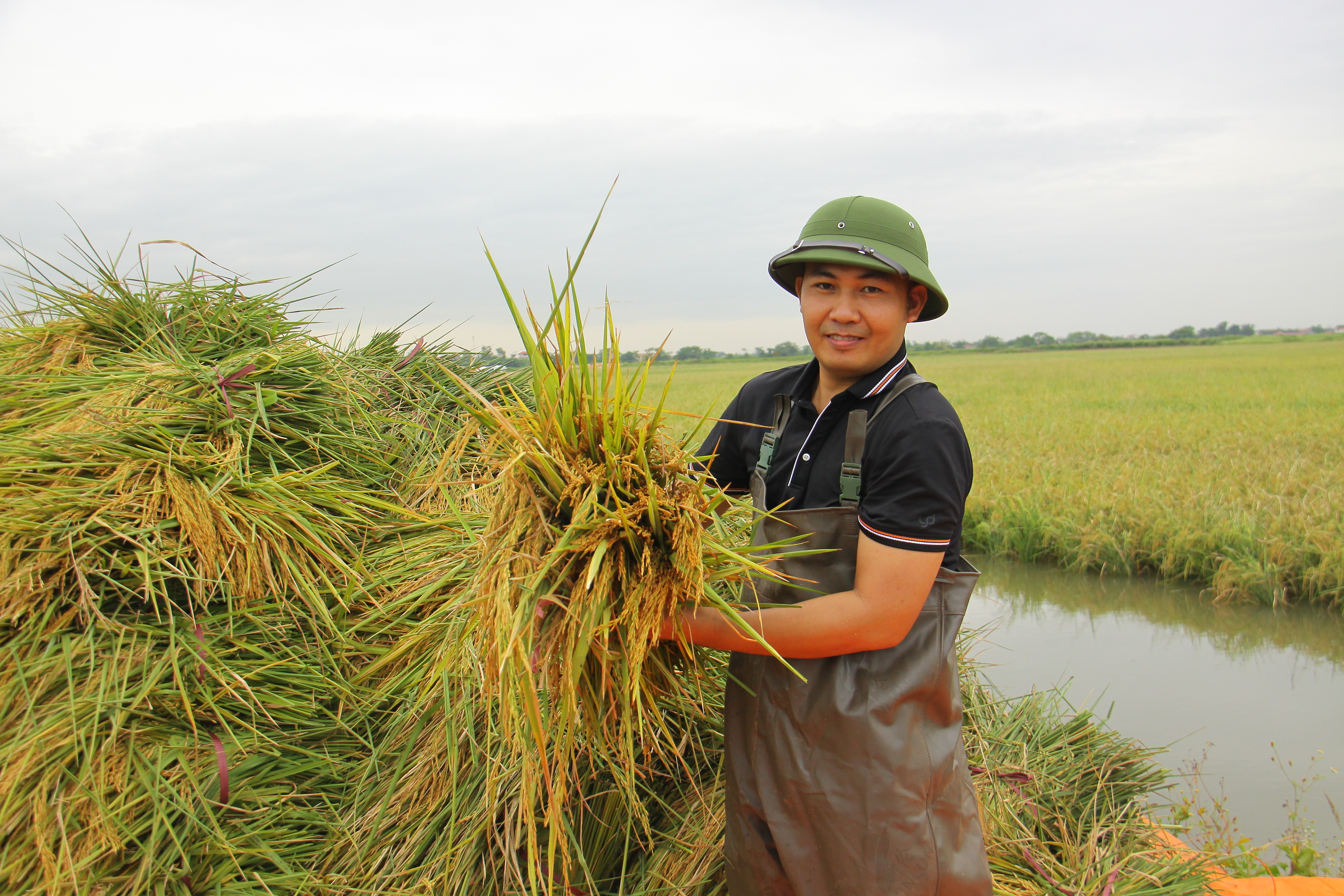
Solving problems related to licensing, certificate, quality control in the field of agriculture and rural development. Illustration.
Resolution 165/NQ-CP dated 30/12/2021 stated by the Government, It is permissible to apply the following measures to remove obstacles in inspection performance, evaluate, monitor, expertise, sample, analysis… (hereinafter collectively referred to as evaluation) directly at the site to issue permits, certificate, decision, written consent (hereinafter referred to as the license) or periodic reviews, quality control in the field of agriculture and rural development due to the application of regulations on prevention, fight against Covid-19.
One is, apply online assessment in the case of manufacturing facilities, business, conformity assessment organization, the licensing authority responds to resource requirements, technical means of implementation (calculator, Internet connection, software application, recorder, record…);
Or extend the license term 6 month (for a term license), maximum postponement 6 monthly monitoring and evaluation activities; or make a temporary license maximum 6 month, Import quality inspection on the basis of complete dossier review, valid without having to conduct an on-site assessment.
Two is, manufacture factory, business; conformity assessment organizations are responsible before the law for the accuracy of information, document, image, documents provided to the licensing authority.
The on-site assessment will be carried out after localities control the epidemic according to regulations on prevention, fight against Covid-19; immediately revoke the license for the organization, individuals who violate the law and handle violations according to the provisions of law.
Three is, based on actual conditions and management characteristics of each field, The Ministry of Agriculture and Rural Development guides the above measures to ensure production activities, business of the organization, individual is not stalled, discontinuity, while ensuring the state management; Coordinate with Ministries, relevant industry inspection, check, detect and promptly handle violations, ensure the effectiveness of state management.
Source: Mai Chien – Vietnam Organic Agriculture Magazine
Agricultural products waiting for the domestic market
Agricultural products waiting for the domestic market
Although, The agricultural sector had impressive growth during the year 2021, However, due to the impact of the Covid-19 epidemic, it has had a significant impact on the import and export of agricultural products.
China is still an important market
Mr. Le Thanh Hoa, Deputy Director of the Department of Agricultural Product Processing and Market Development (Ministry of Agriculture and Rural Development) share, Currently many agricultural products are in the crop, There is great demand. Song, China's Covid-19 surveillance policies are increasingly strengthening, maintain “Zero Covid” mode, while Vietnam advocates living with the epidemic.
“Problems at the border place demands on agricultural processing, Lam, Vietnam's seafood must change, especially when the Lunar New Year is approaching”, Mr. Hoa said.
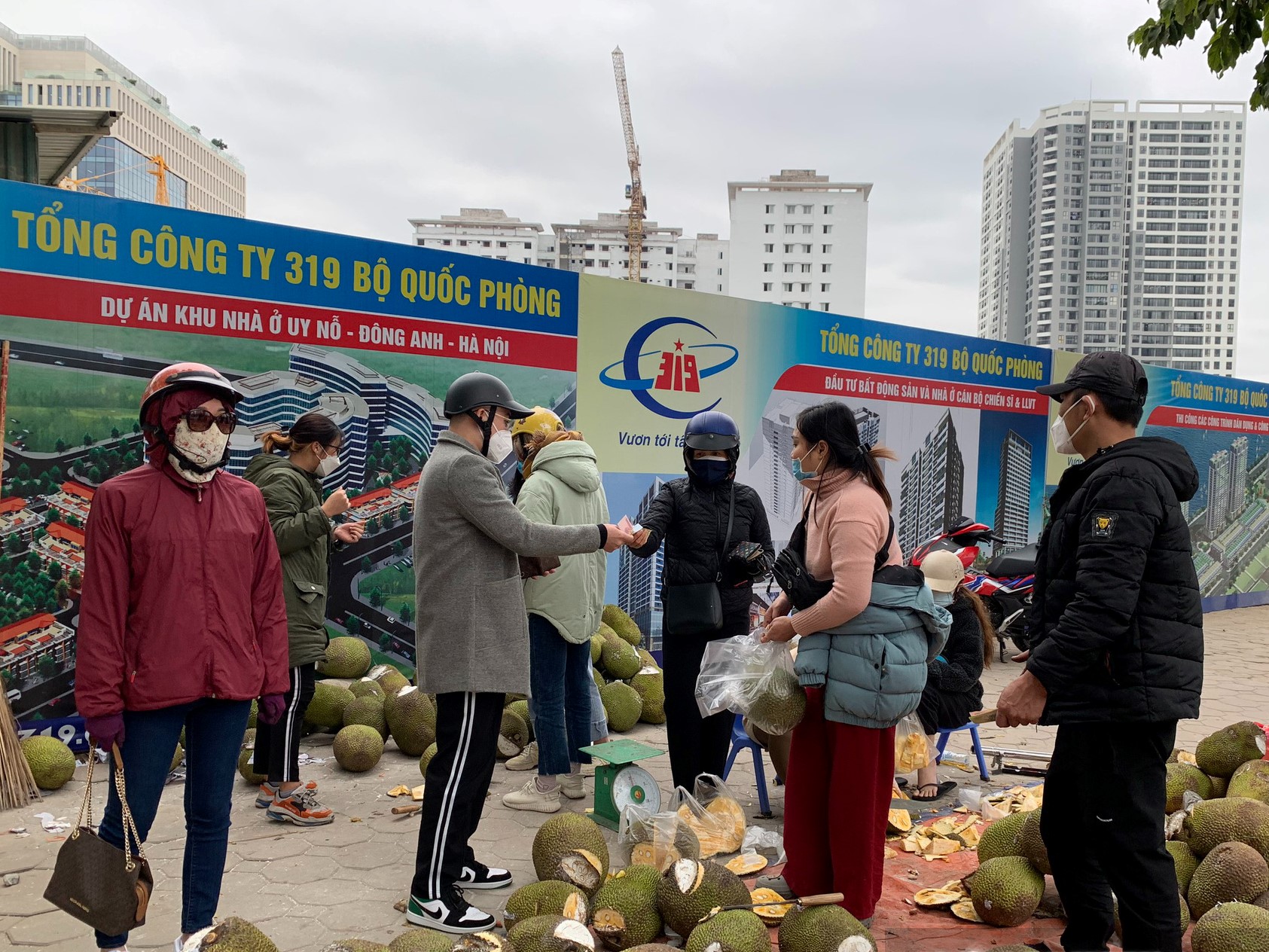
People of the Capital “rescue” jackfruit for car owners, due to not being able to export goods to your country.
According to Mr. Hoa, some items such as seafood, Refrigerated vegetables and fruits will be closely monitored by China. This is one of the main reasons why customs clearance capacity at the border gate has decreased by about half in the past time.
In order to solve the problem of agricultural product congestion, The agricultural sector has organized many inspection teams, check, monitor traffic situation, Import and export of agricultural products at the border gate, and localities.
Although many ministries, ban, The industry entered the fray, Many localities have not had time to regulate goods. This situation leads to many trucks carrying agricultural products to the border have turned back to big cities like Hanoi.
“We need to focus on good consumption of products that are in season. Enterprises capable of deep processing, or is there a preservation technology that needs to be involved in this process, avoid the situation where the price of agricultural products falls deeply”, Mr. Hoa emphasized.
Mr. Hoa added, despite the difficulties of customs clearance, The bright spot of agricultural products is that the export value to China is still about 1,7 billion USD; proving that China is still an important market for Vietnam.
Since 1/1/2022, China applies the Order 248, Command 249, and the policy of strictly managing the border economy, and promote the official import and export. Mr. Hoa commented, This is the problem that businesses, Vietnam industry associations need to pay attention, next to improvement, improve production process to ensure product quality, ensure the ability to participate in the large supermarket chains of China.
Switch to domestic consumption
Deputy Director of Lang Son Department of Agriculture and Rural Development Dinh Thi Thu said:, The export volume at the border gates of the province is currently just under 100 vehicle/day/gateway and most of them are dried products, but very little fresh fruit.
According to Ms. Thu, The total number of traffic jams in Lang Son is now about 2.900 car, is decreasing, But the main reason is that many cars turn back to domestic consumption; especially after Pingxiang announced to stop importing dragon fruit from 00:00 29/12 – 24h 26/1/2022.
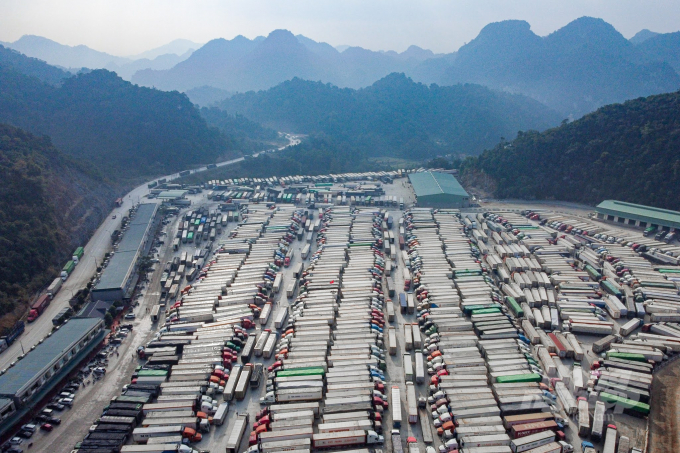
The current, at Lang Son border gate is still more congested 2.000 car.
Last time, Lang Son has many policies to support businesses, Long-distance drivers are stuck at the border gate like reducing service fees, Free treatment if the driver has Covid-19. Besides that, The province also regularly strengthens, strengthen relationship, Information with Chinese localities to support customs clearance of agricultural products.
According to Ms. Dinh Thi Thu, In the coming time, the export of agricultural products is expected to face many difficulties, especially the Lunar New Year is approaching.
“The Chinese side will suspend the import of goods on refrigerated containers in 28 the day of the Lunar New Year, Inside 14 the day before Tet and 14 the day after Tet”, Ms. Thu added.
Before that situation, Ms. Thu suggested that superior units need to hold more high-level talks to clear customs 2.900 Cars are still congested before the Lunar New Year.
Besides that, Lang Son agricultural industry representative also suggested businesses, Industry associations have plans to promote processing, domestic consumption in the current difficult export situation.
Enterprises ready to "rescue" agricultural products
Mr. Dinh Cao Khue, Chairman of the Board of Directors of Dong Giao Food Export Joint Stock Company (Doveco) information, Currently, the company is consuming a large amount of agricultural products that are stuck at the border.
Specifically, Every day the Company consumes about 100 – 150 tons of agricultural products of all kinds, especially mango products. Last time, The company also cooperated with Dong Thap, Tien Giang to have a supply for processing agricultural products.
“Currently we still process mangoes in large quantities. If the units have mango products, pineapple, Passion fruit or banana has difficulty at the border gate, The company is ready to support consumption”, Mr. Dinh Cao Khue said.
Ms. Nguyen Phuong Hong, Director of supply chain planning of Nafoods Group said:, The company has many manufacturing plants, processed all over the country, with design capacity 100.000 ton, equivalent 300.000 tons of raw materials/year.
The main products of Nafoods are passion fruit, pineapple, mango, Annona, Cashew nuts… Time from now to Tet, Nafoods can support passion fruit and dragon fruit. Products at the Northern border gate will be shipped to Nghe An, The South will bring it to Long An. Output approx 1.000 ton.
Deputy Minister of Agriculture and Rural Development Tran Thanh Nam confided, in the condition that China restricts the import of agricultural products, including Vietnam's main fruits such as dragon fruit, have, Watermelon, many domestic enterprises have said they are ready to process, buy agricultural products and turn back from the border.
"Come here, We need to see clearly that the potential of the domestic market is huge. We need to actively change our mindset, The government also has a multi-market policy, multiple benefits”, Deputy Minister Nam said.
Source: Mai Chien – invest in building a local vegetable processing facility
This can be done through improving access to assets: This can be done through improving access to assets
This can be done through improving access to assets: This can be done through improving access to assets
The State of Agriculture and Food Global Report (SOFA) 2021 of the Food and Agriculture Organization of the United Nations (FAO) recently published reveals the fragility of agricultural systems around the world and offers solutions on how to deal with unexpected shocks.
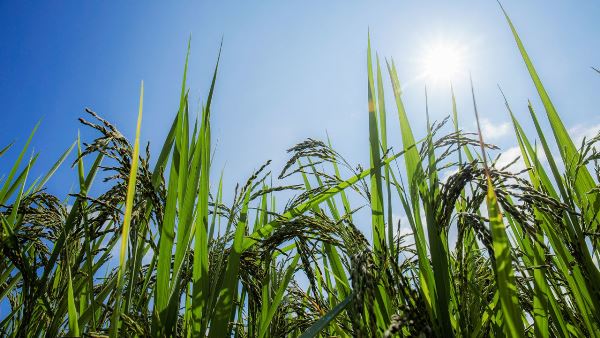
Countries need to make agricultural systems more resilient to unexpected shocks such as those experienced during the COVID-19 pandemic. These shocks are the main drivers of the latest global increase in hunger. According to SOFA report 2021, Without careful preparation, unpredictable shocks will continue to damage agricultural systems.
This year's State of Food and Agriculture Report is titled "Making agricultural systems more resilient to shocks and stress".. The report focuses on assessing the ability of national agro-product systems to easily respond to or recover from shocks and stressors.. The report also provides guidance to Governments on how to improve resilience.
Nowadays, about 3 billion people in the world can't afford a healthy diet. SOFA report 2021 estimated that there will be more 1 billion more people join this ranks if another shock abates 1/3 their income. More, Food costs can add up to 845 million people if there is a break in important transport links. SOFA defines shocks as “Short-term deviations from long-term trends have a significant negative effect on the system, health status, asset, Livelihoods, human safety and resilience to future shocks.” Examples include extreme weather events and outbreaks of plant and animal diseases and pests.
Even before COVID-19 broke out, The world is still not on track to meet its pledge to end hunger and malnutrition by 2030. And while food production and supply chains have historically been vulnerable to climate extremes, armed conflict or increase in global food prices, The frequency and severity of such shocks is increasing.
Specific action
The World Agricultural System – the complex web of activities involved in the production of food and non-food agricultural products, as well as preservation, process, transport, distribution and consumption, produce 11 billion tons of food every year and create jobs for billions of people, Directly or indirectly. The urgency to strengthen the resilience of agricultural systems cannot be delayed.
The report also provides national indicators of the resilience of agricultural systems in more than 100 country in the world, by analyzing factors such as the transport network, commercial flow and availability of healthy and varied diets. Although low-income countries generally face much greater challenges, but the report shows middle-income countries are also at risk. For almost half of the countries analyzed by FAO experts, Closing of important transport links will increase local transit times 20% Closing of important transport links will increase local transit times, Closing of important transport links will increase local transit times.
Therefore, Closing of important transport links will increase local transit times.
Closing of important transport links will increase local transit times – Closing of important transport links will increase local transit times, manufacturing, Closing of important transport links will increase local transit times, Closing of important transport links will increase local transit times – Closing of important transport links will increase local transit times. Supporting the development of small and medium agricultural enterprises, Cooperative,… will help maintain diversity in the domestic agricultural value chain.
Another important factor is connectivity. Well-connected agricultural networks will overcome disruptions faster by changing sources of supply and transport channels., marketing, input and labor.
Final, Building the resilience of vulnerable households is critical to ensuring a world free of hunger.. This can be done through improving access to assets, This can be done through improving access to assets.
Source: Ministry of Agriculture and Rural Development
Chi has two letters “Output” for agricultural products and food
ONLY TWO "OUTPUT" FOR AGRICULTURAL GOODS
The production of goods, especially agricultural products, and foodstuffs of Vietnam, compared with decades ago, has made much progress, More abundant products, Better quality and safer. Vietnamese goods are qualified for export and can compete in the domestic market. It can be said that if the output for this commodity fund is well handled, it will ensure stable consumption for the domestic market., at the same time can compete with imported products that are continuing to penetrate more and more into the Vietnamese market.
However, there is a paradox today that farmers, The more agricultural enterprises produce, grow, and catch, the more difficult it is to consume for many reasons. What the Ministry of Agriculture has commented: "Vietnamese agricultural products have 2 The weak point is the consumption and processing market” . The first seven months of this year, due to the situation of having to social distance according to the directive 16 government, other way, Consumer purchasing power has also decreased significantly, 70% Agri-food processing factory temporarily shut down, The transportation between regions still faces difficulties when the "green channels" are not very secure.

According to preliminary statistics from now to the end of the year 2021, The Mekong Delta and the whole South will have 5,7 million tons of agricultural products to harvest and consume. So, solving the output for this huge commodity fund is a matter of utmost urgency. We can take a look at some news about the prices of goods in the southern market that are experiencing an unprecedented decline in value.: Industrial chicken with tens of millions of chickens, the price is only 5.000 – 7000đ /kg. Some chickens breed tens of millions of chickens and are likely to have to be destroyed because no one has come to buy them and the prices are high
forage has increased 6 – 8 last time. The price of caught and farmed seafood is reduced from 10 – 30%, Some had to switch to animal feed because the price was too cheap. Fruits like dragon fruit, label, pineapple, v.v. It also dropped in price very strongly. Dragon fruit is sometimes only 5000 VND / kg in Binh Thuan with an output of tens of thousands of tons to be harvested. We can't list all the items that are discounted and backlogged in the country's largest food production area.. In such a situation where commodity prices have plummeted, On the one hand, the farmer is at a loss , face many difficulties, but on the other hand, consumers in big cities, especially in places where there is an epidemic, The prices of products in markets and supermarkets are unreasonably high. A reporter calculated the selling price of 1kg of chicken with just a bunch of water spinach. The selling price of chicken in the city is dozens of times higher than the purchase price of farmers. There are many reasons for this situation, first, That is the broken goods supply chain, the main cause is the transportation stage. Monday, circulation of our goods is not available when strategic reserve. The goods produced are stored in temporary warehouses or covered with tarpaulins in the fields, which leads to loss , damaged and especially injured and caught, price pressure, pressure level. Tuesday, When our goods are harvested, there are not enough processing plants to add added value to the product., at the same time reduce inventory, redundancy in production. Currently, Vietnam's factories can only meet this requirement 20% this processing need, The rest are eaten fresh and exported without processing.
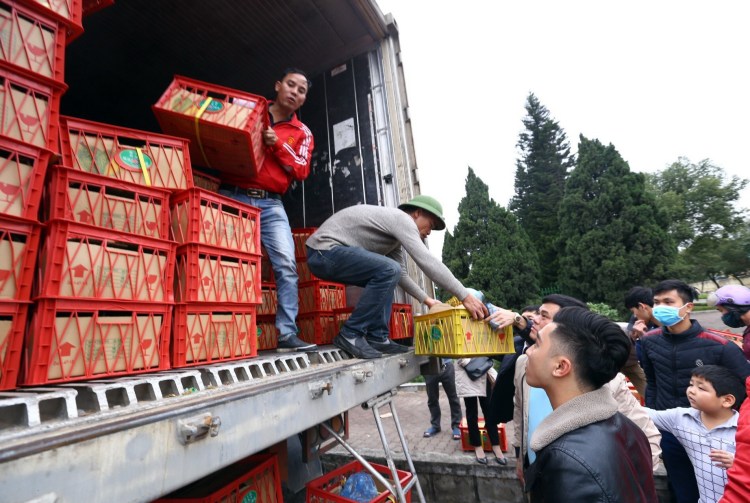
Wednesday, mention the distribution system again, it's the story of "everyday in the district". In fact, agricultural products and food 85% Consume in retail markets, 15% in supermarkets, grocery store. Meanwhile, the market's facilities, The place that consumes most of this commodity fund is still very weak. So, Traditional channels cannot afford and do not have storage conditions to sell to consumers. The supermarket has just taken care of modest consumption, just do business mainly in the "measurement" style, no reserve. Other way, The door to receive agricultural products and food is half closed, There are times when supermarkets unreasonably press on suppliers. This story is an objective fact that the press and experts have spoken for many years without being approved by the Ministry of Industry and Trade, The Departments of Industry and Trade of the provinces and cities stand to act as a sharing arbitrator, Perhaps some unit has not been imbued with the direction of the Prime Minister, who thinks that "everyone wants to make a profit in business.", but excessive enjoyment is absurd.”.
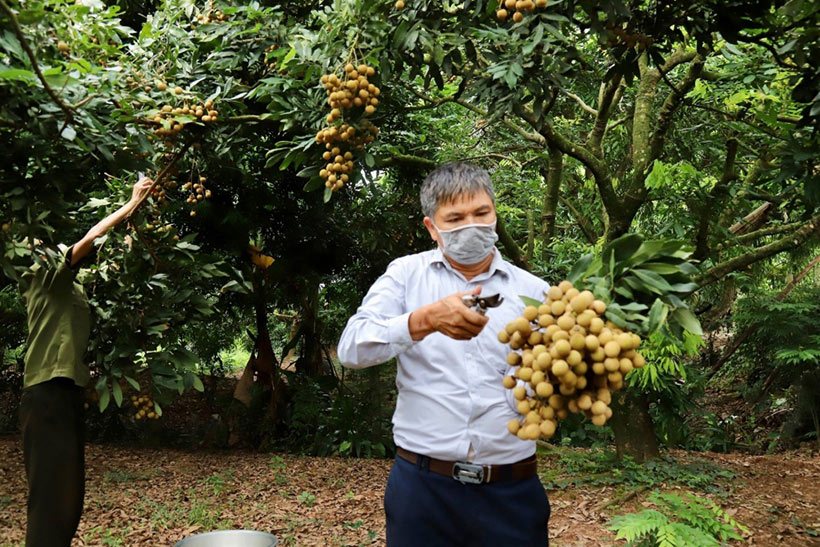
All of the above problems are the root causes that lead to many difficulties in solving output for agricultural products and food in our country.. This is a problem that all levels and sectors need to focus on solving soon in order to promote production, develop and organize goods circulation quickly and efficiently., serving consumers. Organizations and individuals involved in the production, distribution and sale of agricultural products and foodstuffs must consider the products made from the sweat and tears of the farmers as the products of their own families. Contributing to efficient consumption of goods. Resolutely oppose manifestations for the local interests of localities, for-profit businesses that defy everything,v.v. The problem of benefits in the production and consumption distribution value chain must be solved in a harmonious way. We believe that, with new thoughts, The new direction of the Government, Ministries and localities in the shortest time will solve the problem of output for agricultural products and food in the Vietnamese market., a problem that has been troubling for many years but has not been fundamentally solved.
Vu Vinh Phu
Economic expert
Under the EVFTA Agreement, Vietnam successfully exported its first batch of coffee to Europe
Under the EVFTA Agreement, Vietnam successfully exported its first batch of coffee to Europe
Day 16/9 past, at Gia Lai, Deputy Minister of Agriculture and Rural Development (NN&PTNT) Le Quoc Doanh, attended the first coffee export ceremony of Vietnam and officially exported to the EU market under the Vietnam Free Trade Agreement – ME (in the EVF).
The EVFTA Agreement took effect from 1/8/2020, All coffee products including unroasted, roasted, Taxes for processed coffee are all eliminated 0%. At the same time, The EU is committed to protecting geographical indications for Vietnamese coffee. This is a huge competitive advantage for Vietnam's coffee industry in the EU market.
In this first batch of exports, Vinh Hiep Co., Ltd. has exported 14 container with quantity 296 ton to Port to Hamburg, Antwerp of Germany and Belgium.
At the coffee export ceremony to Europe under the EVFTA Agreement by the Ministry of Agriculture & PTNT, Gia Lai Provincial People's Committee and Vinh Hiep Company Limited (Pleiku city, Gia Lai) organization, Deputy Minister Le Quoc Doanh said, For many years, Vietnam has always been the largest coffee exporter 2 world and world leader in Robusta coffee export, Coffee industry is also one 13 national key agricultural products, Vietnamese coffee is more available 80 contries and territories, The EU is the largest market for Vietnam's coffee consumption, accounting for 40% in total and 38% in terms of total export turnover, contribute 3% GDP of the country. With high competitive advantage, especially in the Central Highlands, where many ethnic minorities and the poor are concentrated. Job creation and stable income for the above 600.000 farmer households, contribute to socio-economic development, poverty reduction in the Central Highlands and other coffee growing regions of Vietnam.
Deputy Minister Le Quoc Doanh emphasized, EVFTA implementation shows positive results. Month 8/2020, Vietnam's coffee export value to the EU market is estimated at close to 76 million dollars, increase 34,7% compared with month 7/2020. Next time, Vietnam's coffee industry will ensure to meet the requirements of the EU market, especially standards for quality and sustainable development, make Vietnam the reference point for global Robusta coffee.
To continue to implement the EVFTA Agreement effectively, especially in the coffee industry, Ministry of Agriculture&The Rural Development Department suggests localities continue to guide farmers to produce certified coffee required by European importers., have clear traceability, transparent.
Along with that, accelerate the application of scientific advances, techniques in planting, take care of, harvest, Department of storage of coffee products; converting coffee varieties towards quality improvement, increase the market share of specialty coffee, continue to register geographical indications, branding for local products.
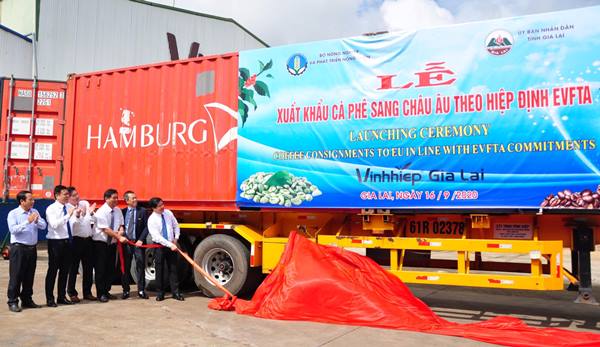
Besides, The Vietnam Cocoa Coffee Association needs to grasp, solve problems, problems faced by the business community, especially small and medium enterprises; providing timely information to members about the mechanism, incentives, technical barriers, market information so that businesses can soon grasp and make timely adjustments.
Enterprises actively seek information about EVFTA to grasp Vietnam's commitments and EU commitments., in particular, information on the tariff preferences under this Agreement for coffee products. Besides that, technological innovation, special product designs are deep processing technologies to diversify coffee products for export to Europe. Enterprises must also ensure the origin, quality standard assurance, Compliance with intellectual property regulations for coffee products.
Also at the ceremony, EU member representatives in Vietnam highly appreciated the advantages of Vietnam's coffee industry when exporting to Europe. If Vietnam carries out the certificate of origin, it is considered that it can be done 50% requirements in the export process to the EU.
At the ceremony, The participants conducted a visit to the coffee processing line of Vinh Hiep Co., Ltd., witness container loading.
Mr. Thai Nhu Hiep, Chairman of the Board of Members cum Director of Vinh Hiep Company Limited said, Vinh Hiep Co., Ltd. is a Vietnamese coffee producer and exporter honored to produce the first batch of coffee products to Europe.. To enter the European market under the EVFTA Agreement, Coffee products must ensure no residues of plant protection drugs, Ensure all the very strict regulations of this fastidious market. When coffee products enter the EU market, tariff barriers have been removed, Accordingly the return tax is equal to 0%, value for farmers, businesses and importers are sustainable.
However, Coffee products must have traceability, High Quality, have geographical indications, enforce the EVFTA Agreement processes that have been controlled from exporters and importers. Yearly, Co., Ltd. Vinh Hiep exports approx 50-70 tons of coffee of all kinds for the world market, Inside, export to the European market accounts for 60%. The turnover of export turnover is achieved 150 million dollars. Season 2019-2020, Vinh Hiep Co., Ltd has exported to Europe market approx 34.000 tons of coffee, includes products such as roasted and ground coffee, instant coffee, pure coffee and clean coffee.
Currently, the coffee products of Vinh Hiep Co., Ltd have achieved all international certifications 25.000 The unit's coffee ha. From US certifications, Japan, Europe, Korea, including certification from sustainable organizations; Inside, There are Dutch about FOSI, DELFORES. Especially, Vinh Hiep Co., Ltd. is the first coffee company in Vietnam to achieve USDA certification of the United States.
According to the Ministry of Agriculture and Rural Development
“Freeway” bringing Vietnamese agricultural products to Europe
Mr. Hoang Quang Phong, Vice President of Vietnam Chamber of Commerce and Industry said, EVFTA is “freeway” For Vietnamese agricultural products to enter the vast market of 27 European country.
Speaking at the Workshop "Enterprises manufacturing and trading agricultural products - Action to approach EVFTA" organized by Vietnam Chamber of Commerce and Industry on 30/7, Mr. Hoang Quang Phong, Vice President of Vietnam Chamber of Commerce and Industry (VCCI) identify, is the document regulating trade relations between Vietnam and the EU, Vietnam - EU free trade agreement (in the EVF) referring to the exchange of goods, origin, quality specifications, tax table for each item ....
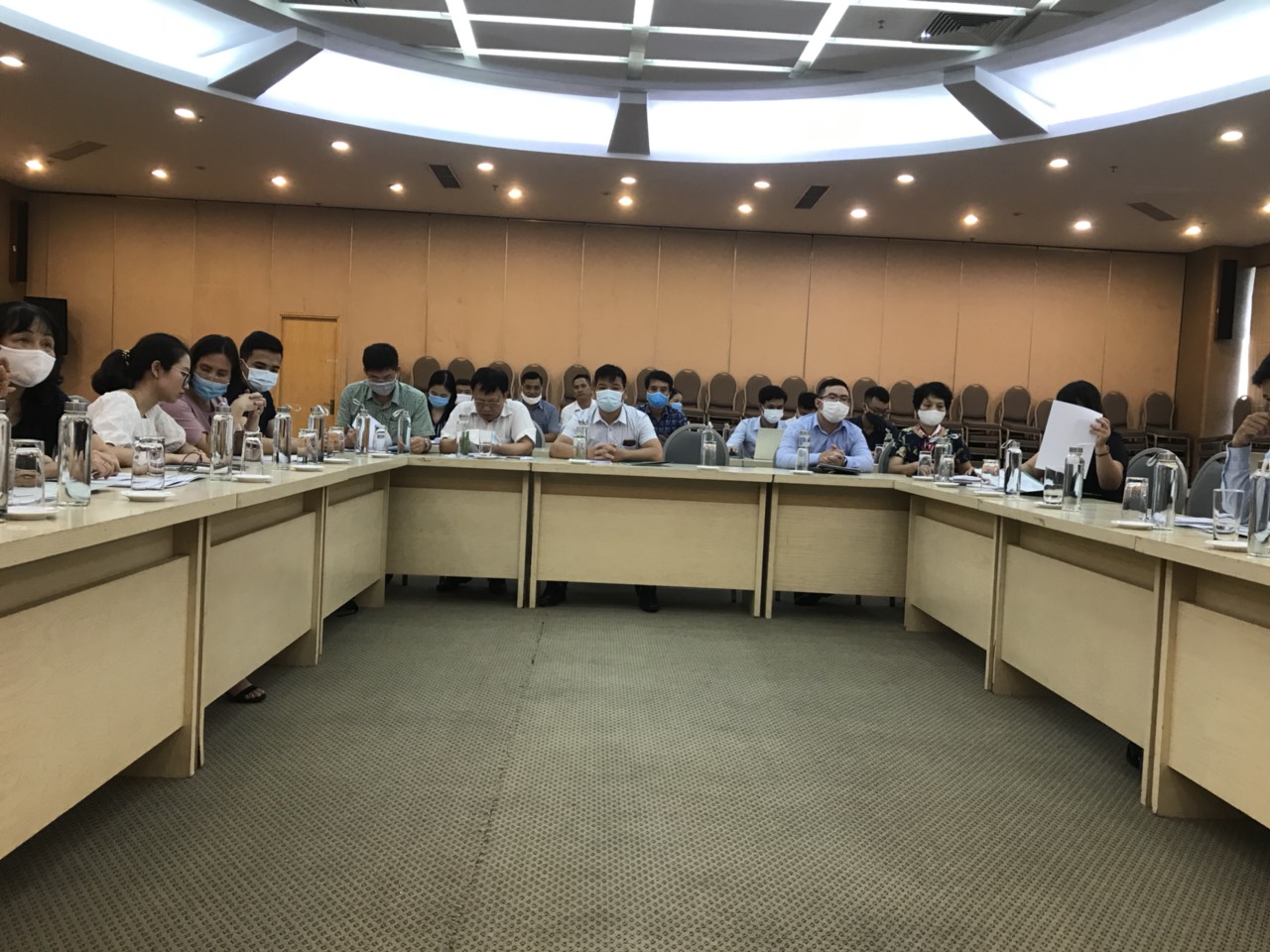
Workshop "Production enterprises and agribusiness - Action to approach EVFTA" organized by Vietnam Chamber of Commerce and Industry on 30/7 At Hanoi.
“In which, in the agricultural sector, apart from the contents integrated with general regulations, the chapter is reserved 6 Given the content of food safety and phytosanitary measures, exchange research is definitely needed, assess and find solutions to overcome difficulties, possible obstacles of businesses in the agricultural sector ”, Vice Chairman of Vietnam Chamber of Commerce and Industry emphasized.
So, Mr. Hoang Quang Phong highly appreciated the idea of organizing seminars for businesses in the agricultural sector, help businesses access information and exchange more on the technical aspects affecting businesses operating in the agricultural sector..
Vice Chairman of VCCI expects that the information will help businesses to be proactive and take advantage of positive aspects and the Agreement will bring., avoid possible risks in the process of business cooperation with businesses in this important economic sector.
In fact, EVFTA comes into effect, Tariff and non-tariff barriers will be gradually eliminated among member countries. However, in fact, Non-tariff barriers are not completely rejected, opposite, tend to be used in more sophisticated forms as tariffs progress 0% as committed by EVFTA, including sanitary and epidemiological measures (SPS) and technical barriers to vegetables and fruits for export (XK) sang 27 EU countries.
Exchange with businesses, Dr. Le Thanh Hoa, Deputy Director of Processing and Agricultural Development Department, Director of SPS Vietnam Office said, SPS are those related to food safety, animal and plant quarantine, barriers will be increasingly complicated with newly signed FTAs, especially with EVFTA.
Whereby, Fruit and vegetable products must meet all general food regulations under the EU Comprehensive Food Law (EU General Food Law), This law also has traceability requirements. Types of plants and plant products, including vegetables originating from unspecified areas, contaminated by harmful organisms will not be allowed to import into the EU.
With that, EU regulations on quality control of food safety and hygiene also exist 7 principles should be followed in order to prevent hazards in the production of finished products.
For fresh vegetables, The EU often requires exporters to have a certificate of global good agricultural practices (GlobalGAP) or other food safety certifications. In addition to quality assurance and food safety, GlobalGAP is also concerned with ensuring environmental and social standards by reducing the amount of chemicals used, be responsible for occupational health and safety. GlobalGAP is developed from EurepGAP. The range of EurepGAP includes: produce fruit, vegetable, potato, salad, Cut flowers and livestock.
General provisions on control, check the product: All products imported into the EU are inspected for compliance with the relevant EU food laws..
In food safety policy, The EU also sets criteria for bacterial contamination of food (Food contains microorganisms, toxin, its metabolites), regulations on the maximum residue of pollutants in specific products or product groups.
Shipments imported into the EU must have a certificate of plant hygiene and safety to show product status, inspection measures and signatures of national plant protection agencies before sending goods.
Same idea, Mr. Pham Dong Quang, Former Deputy Director of Science Department of Ministry of Agriculture also pointed out 5 Challenges for Vietnamese agricultural products when exporting to the European Union market (ME). Specifically, first, are rules of origin of goods. If not guaranteed the rules of origin, Vietnam's exports to the EU are only favored with most favored nation tariffs (MFN) or universal tariff incentives (GSP), not taxable 0% in EVFTA.
Monday, food safety regulations (ATTP), animal and plant quarantine. EU requirements are very strict about food safety, quarantine of plants and animals while domestic production is still small, scatter, missing link, Awareness of compliance of farmers is not high ...
Tuesday, intellectual property rights protection. Wednesday, Fair trade sustainable development. Thursday, procedures of conditions for export to the EU. Vietnam and EU committed to apply a common system of procedures, import conditions for products from any area of the other party.
Therefore, The expert stressed that it is necessary to study and master the EU regulations on food safety and technical standards, ensure traceability as well as organize production with high technology, improve product quality, good preservation stage, Apply safe production process according to GlobalGAP international standards, HACCP…
At the Workshop, Experts agree that, besides grasping the rules, enterprises should proactively engage processing enterprises, preservation, Export to raw material areas.
Focus on building and protecting images, brand reputation of vegetables and fruits as well as popular planning, widely Vietnam vegetable brand to EU-27 market in many forms.
Strengthen building good relationships, sustainably with EU-27 importers to help Vietnamese businesses cope well with vegetable market barriers of this market..
Improve human resources with high quality, staff need to master the quality standards of vegetables and fruits, Capable of strictly controlling the production process, Plant quarantine process, EU food safety ...
“Organic production is still the way forward, Specially to enter EU market. We are actually one step slower, The Thai organic program was issued more recently 10 year, We recently issued a decree on organic agriculture. We need to accelerate this way. ”, Deputy Director of Department of Processing and PTTTNS assessed.
(Source: Business Forum Newspaper)
VITAD-AGRI and VCCI jointly organized a seminar seminar ”Enterprises producing and trading agricultural products- Action approaching EVFTA ”day 30/7/2020
To help agro-producers and exporters actively catch up, make good use of the opportunity right from the moment the agreement comes into effect, VITAD-AGRI and VCCI jointly organized the workshop training” Enterprises producing and trading in agricultural products- Action approaching EVFTA ”.
Purpose of the Training Session- The workshop aimed to equip EVFTA with the necessary knowledge related to the production and export of agricultural products to the EU market.; Establishing a chain link between agricultural production and import-export; Proposing policies to be proactive, accelerate the process and improve the efficiency of EVFTA implementation in agricultural production and export.
Specific objectives:
- Clearly define agricultural products and requirements for each agricultural product exported to the EU market (including i) Cultivation industry; ii) Livestock sector and iii) Seafood and seafood industry).
- Identify and propose solutions, policies and roadmaps to accelerate agricultural exports to the EU market (By each industry)..
- Establishing a linkage between producers and exporters of agricultural products to the EU market (By each industry).
- The objectives will be addressed, Specific instructions with the following:
– Tax return schedule 0% for Vietnam's exported agricultural products;
– Products enjoying preferential tax but subject to export quotas;
– Order and procedures for implementation of regulations on the origin of export goods;
– Request, procedures for food safety regulations, animal quarantine for export agricultural products;
– Regulations on geographical indications and intellectual property protection, Branding;
– Requirements for environmental protection and sustainable development.
– The export agricultural products have high competitive advantage thanks to VEFTA, difficulties and solutions
Some photos at the seminar, Training “Agricultural production and trading enterprises - Action on approaching EVFTA” day 30/7/2020



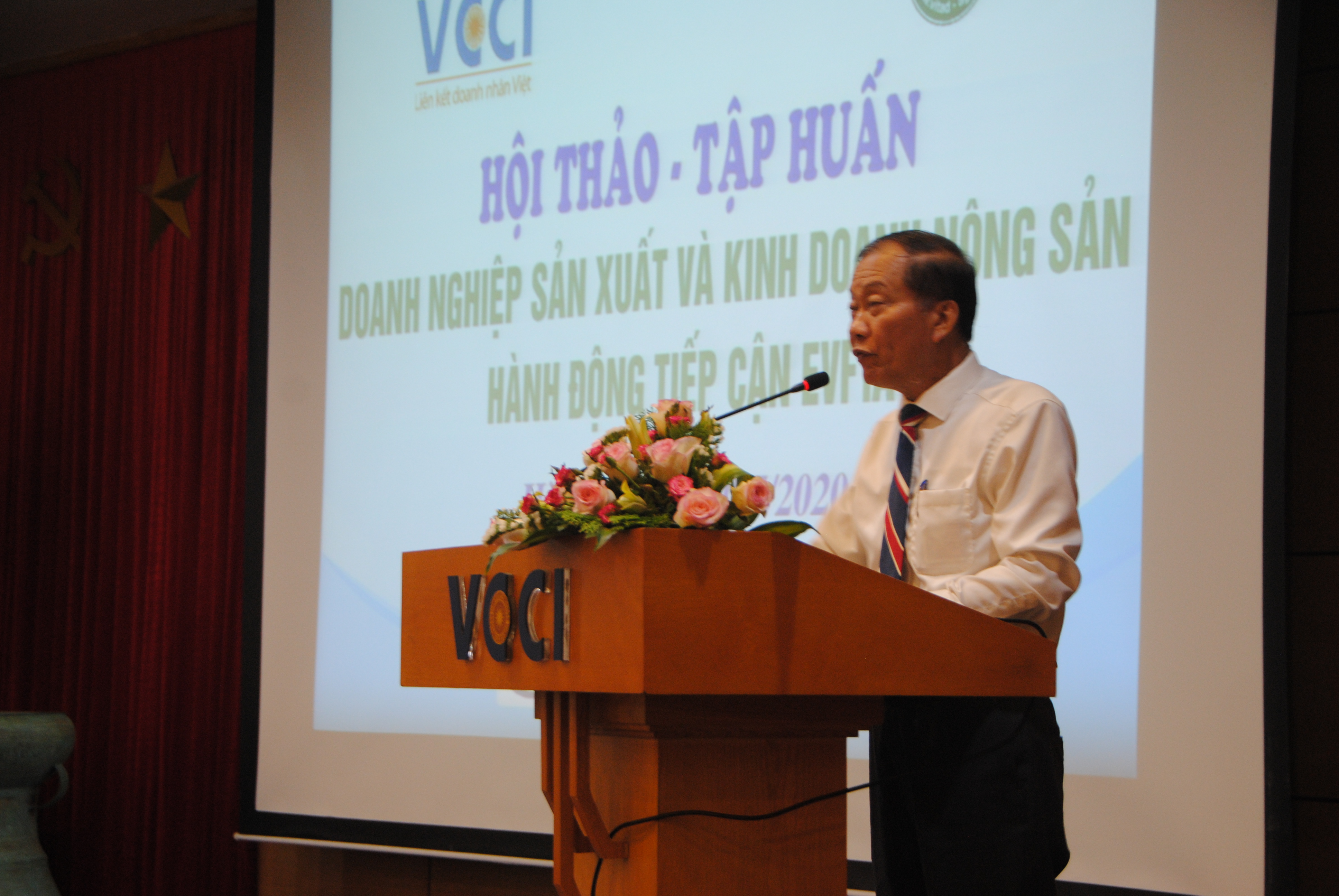
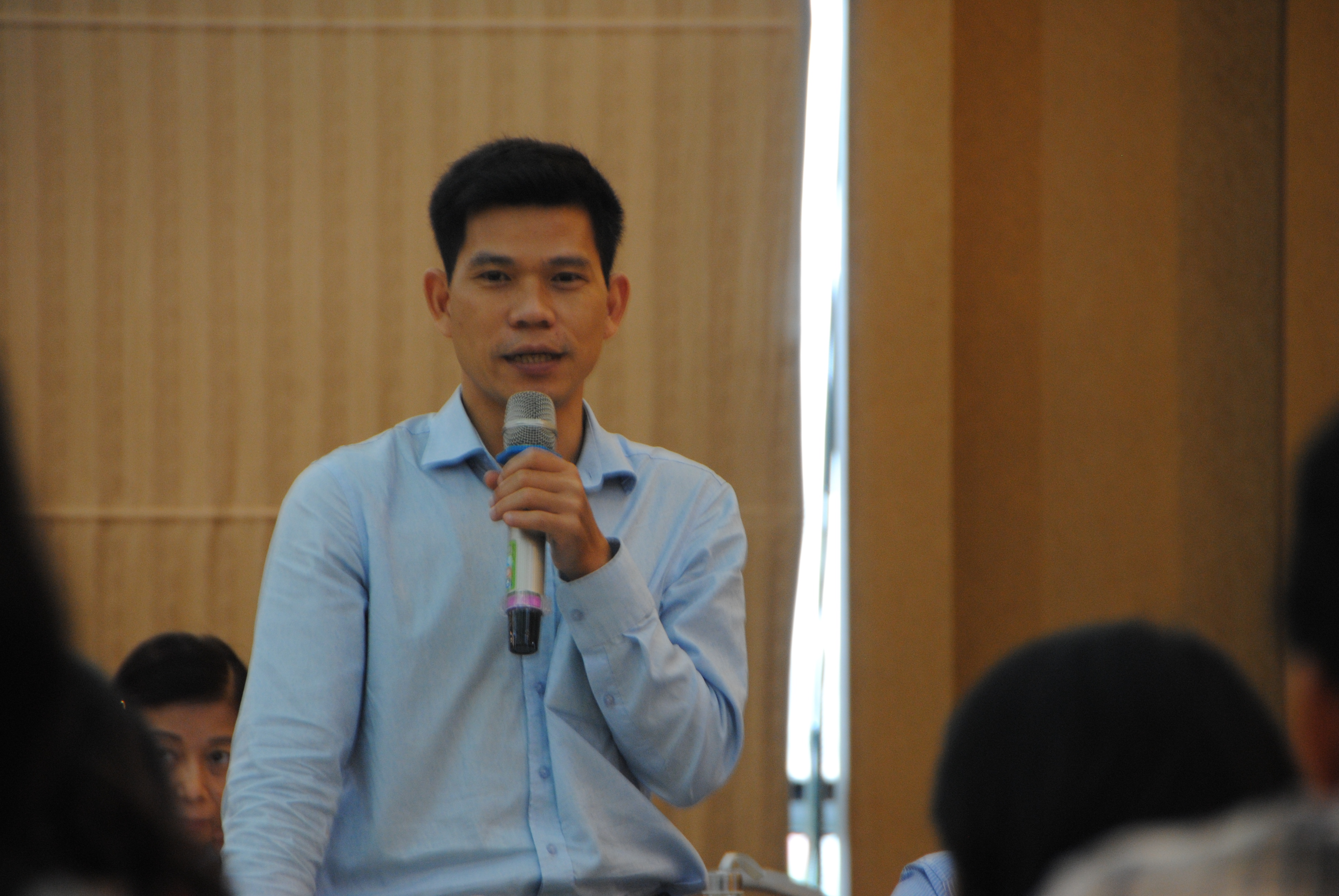
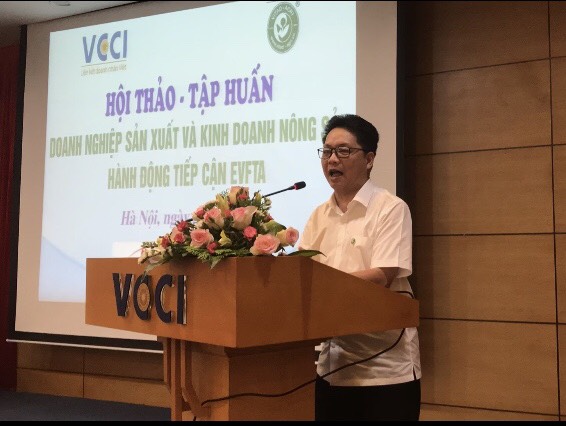
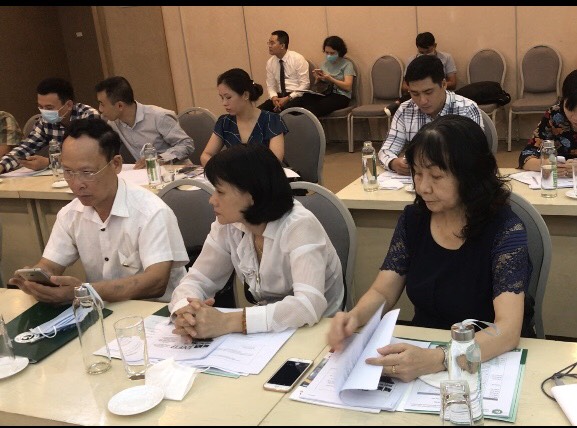

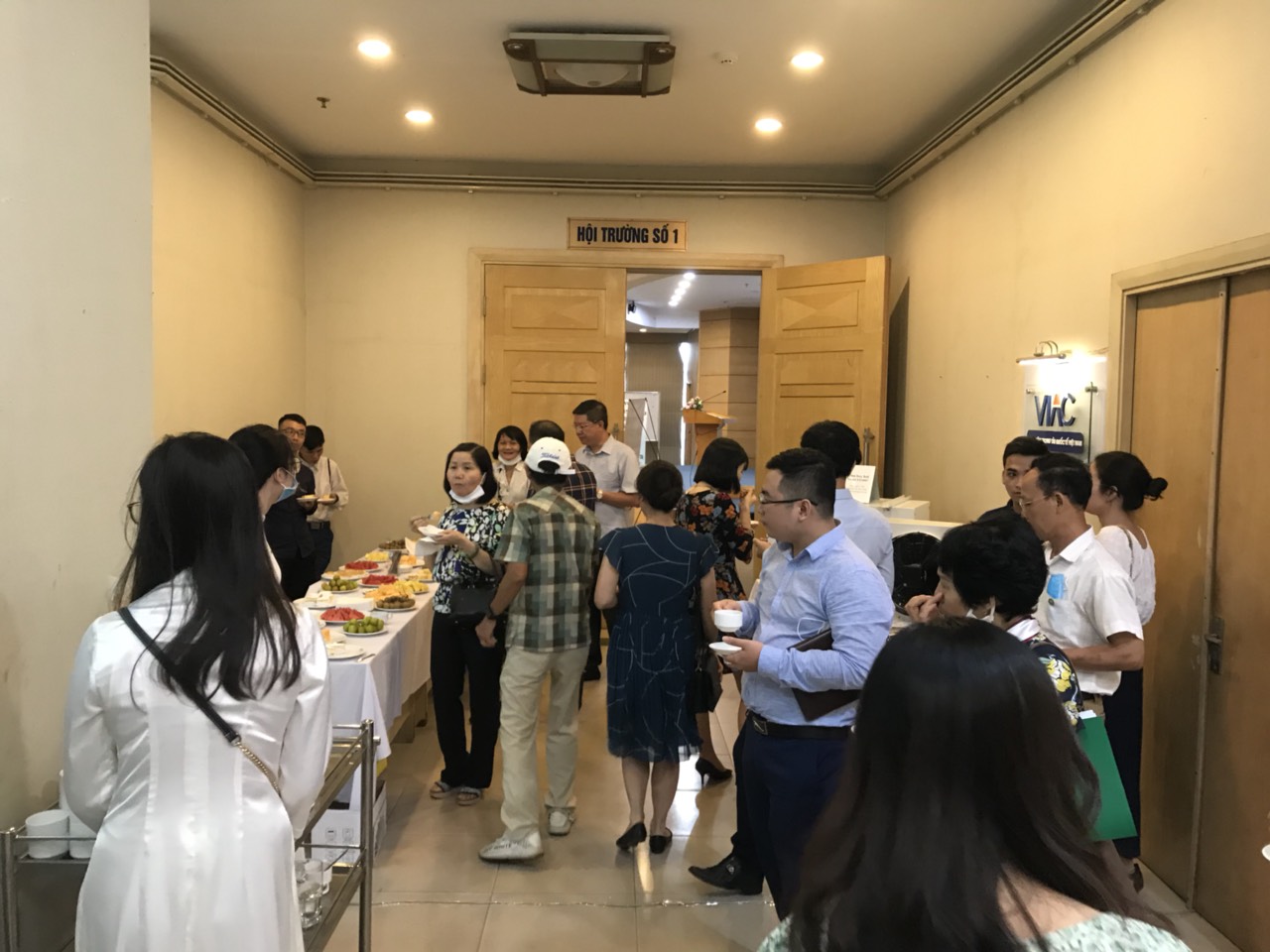
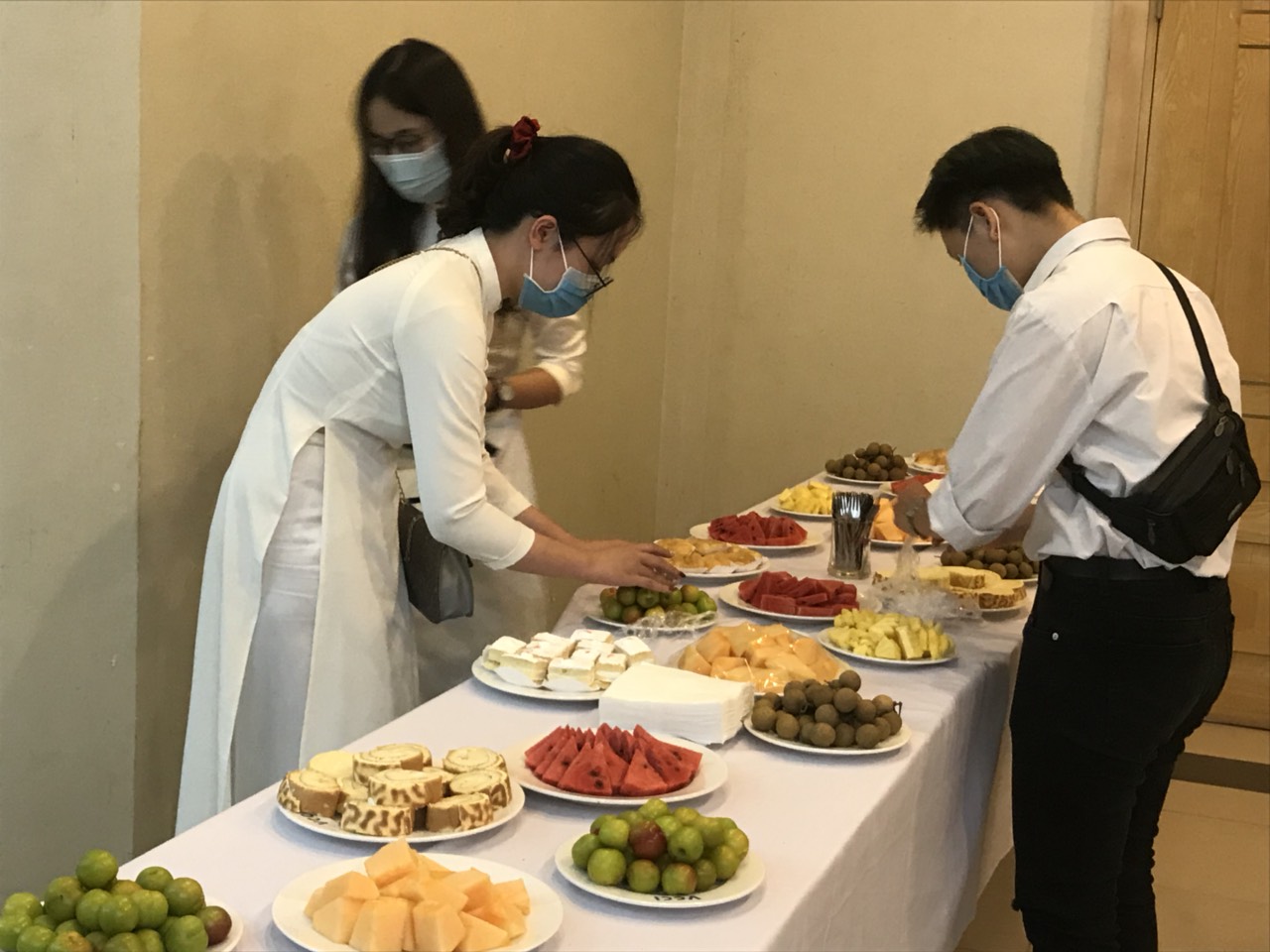
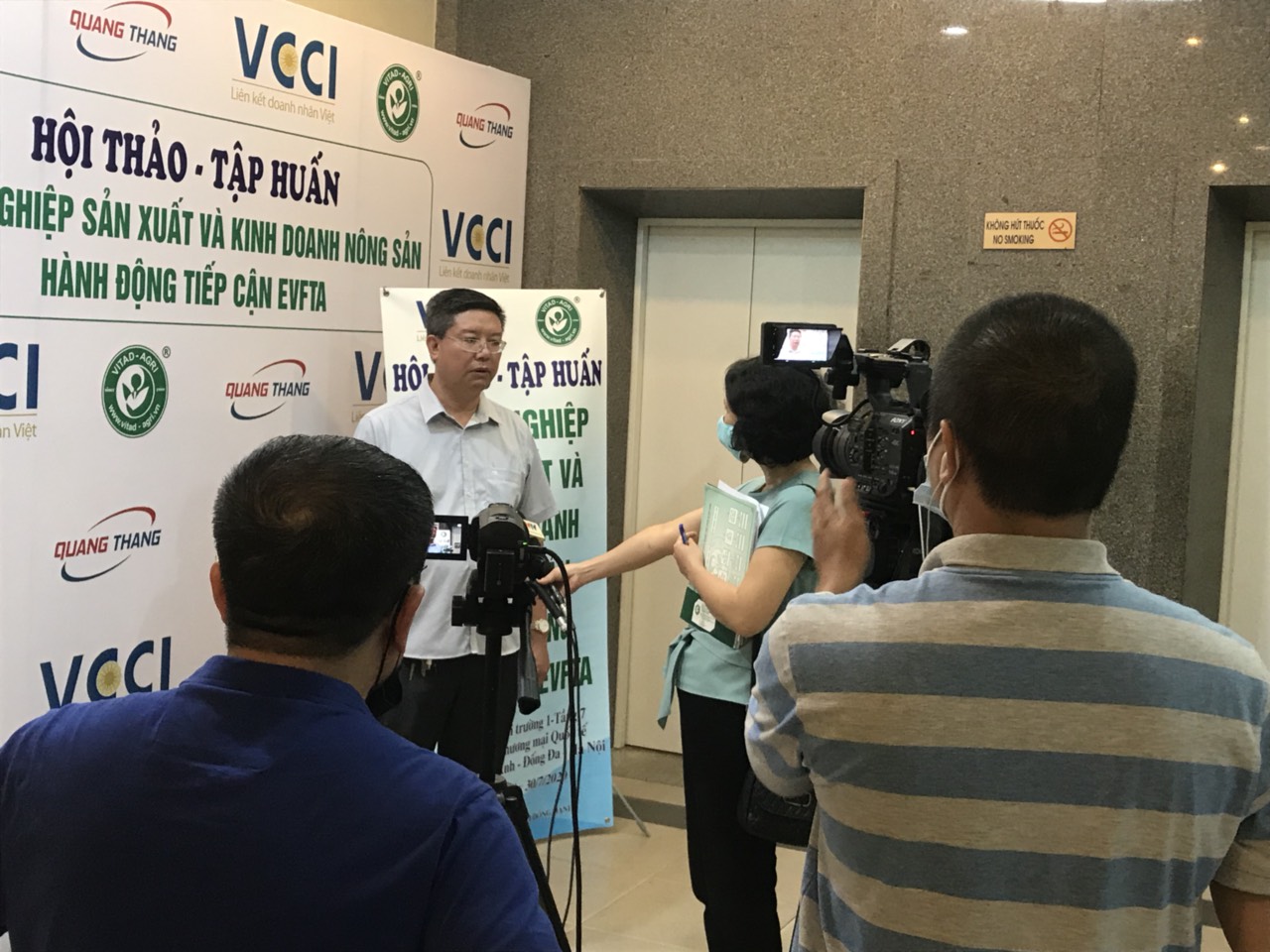
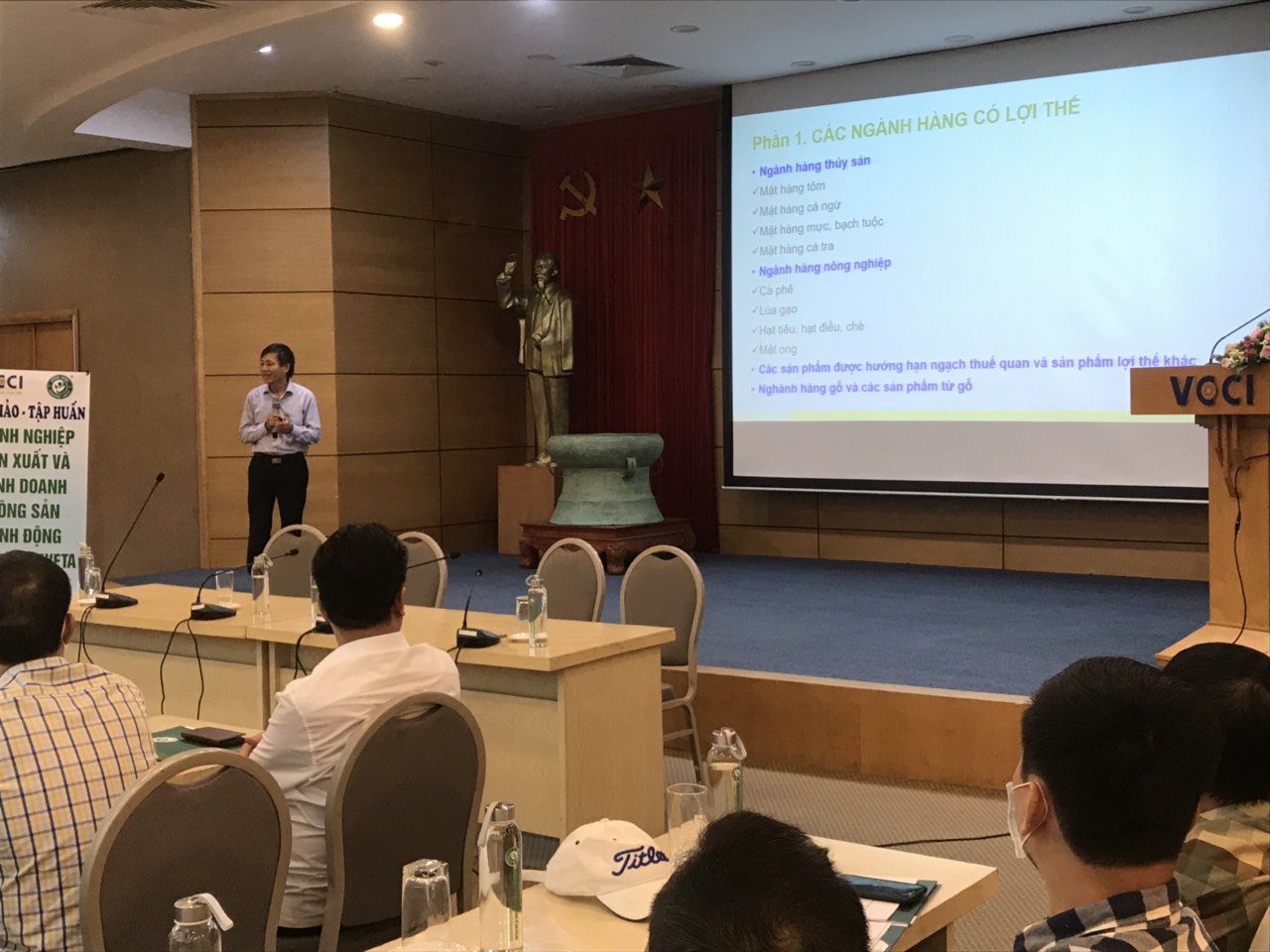
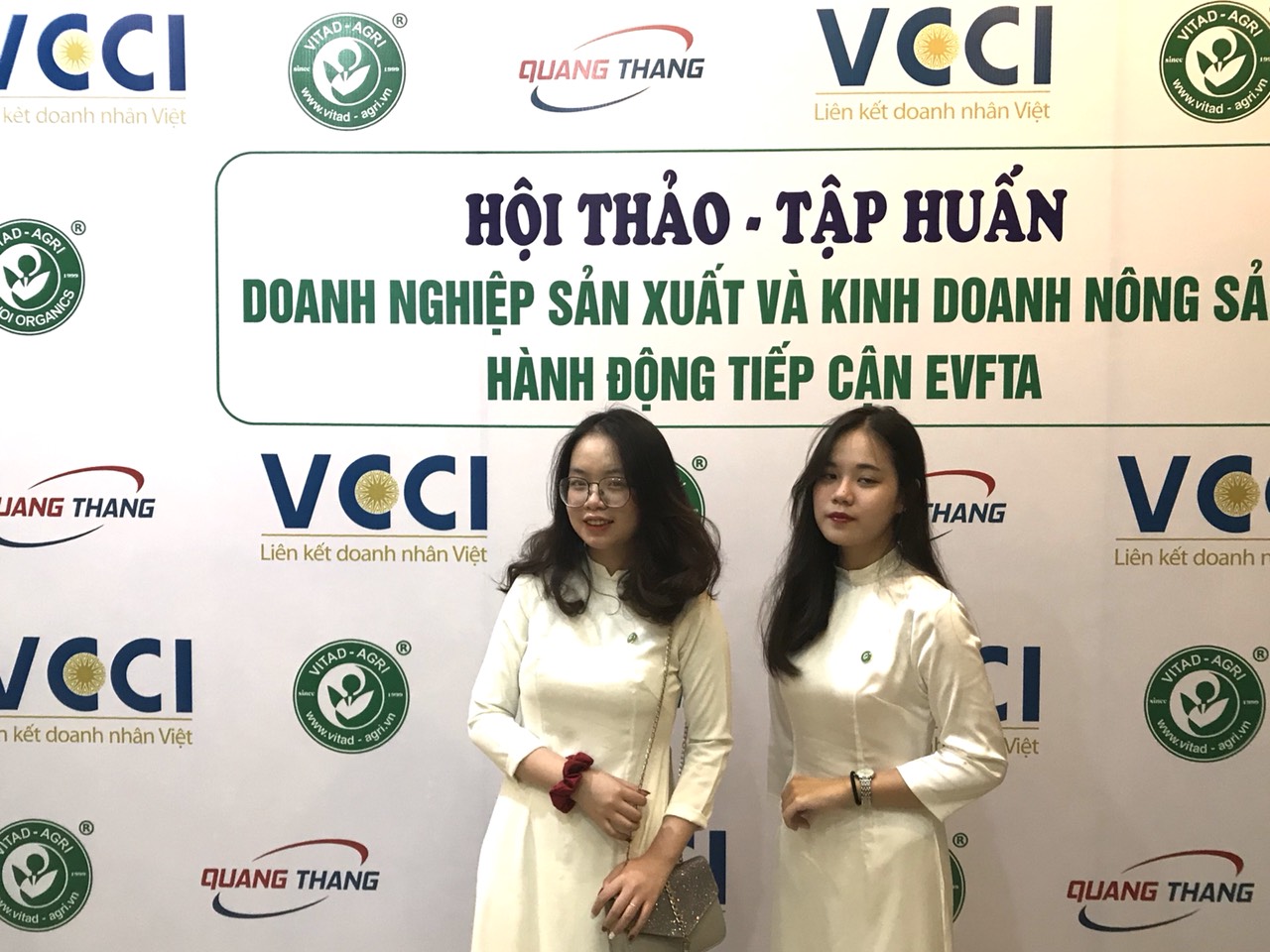
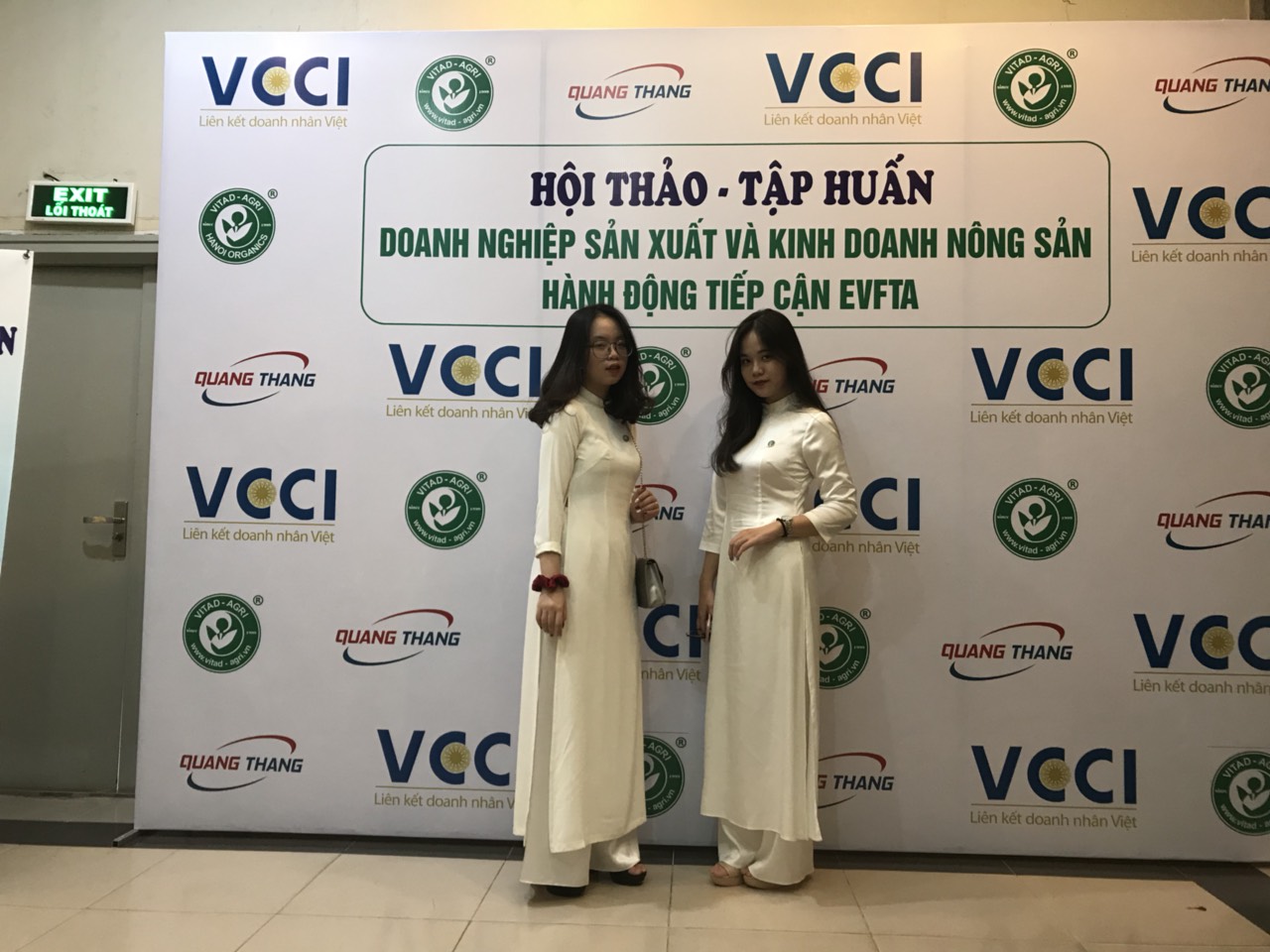

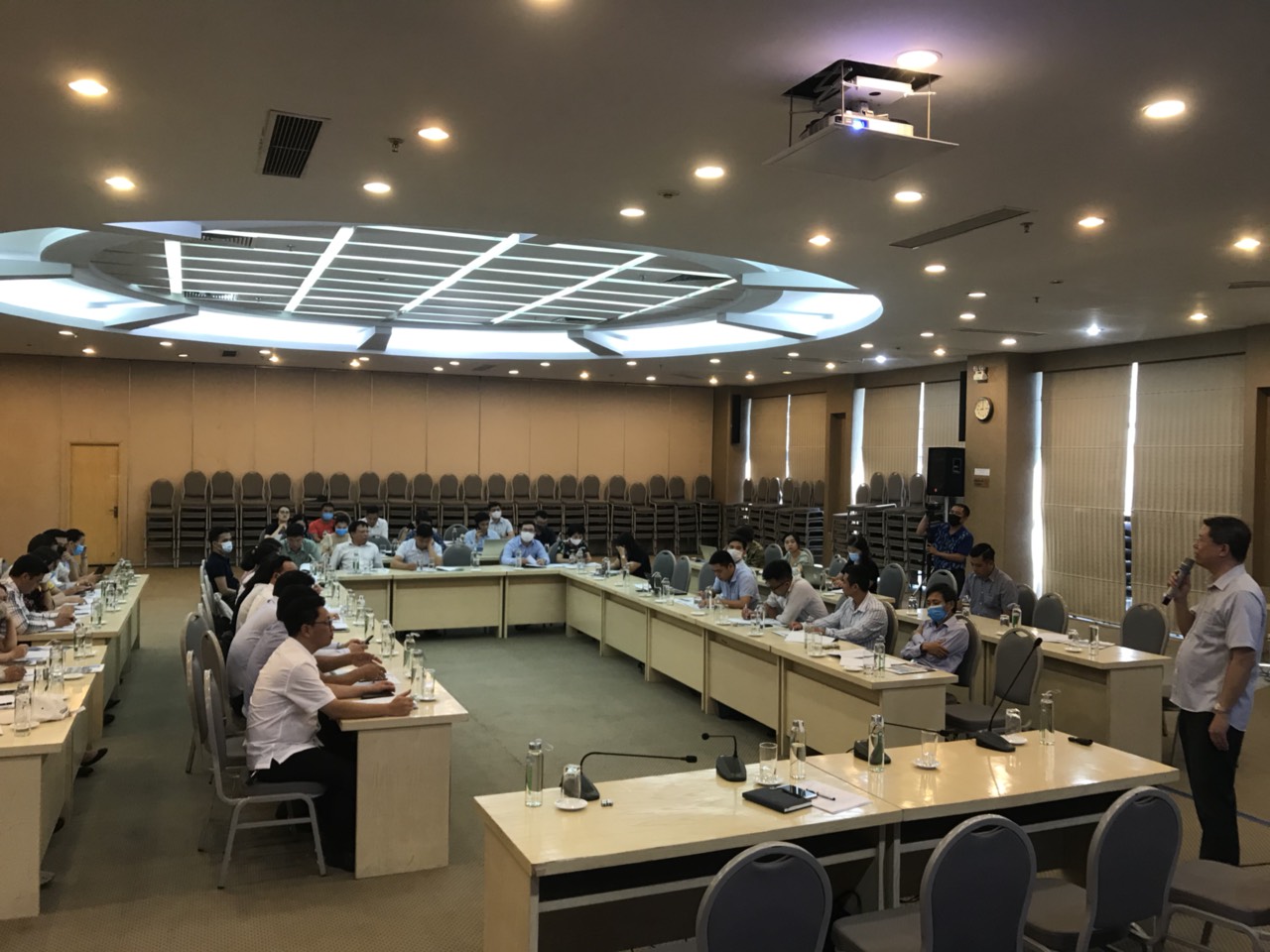
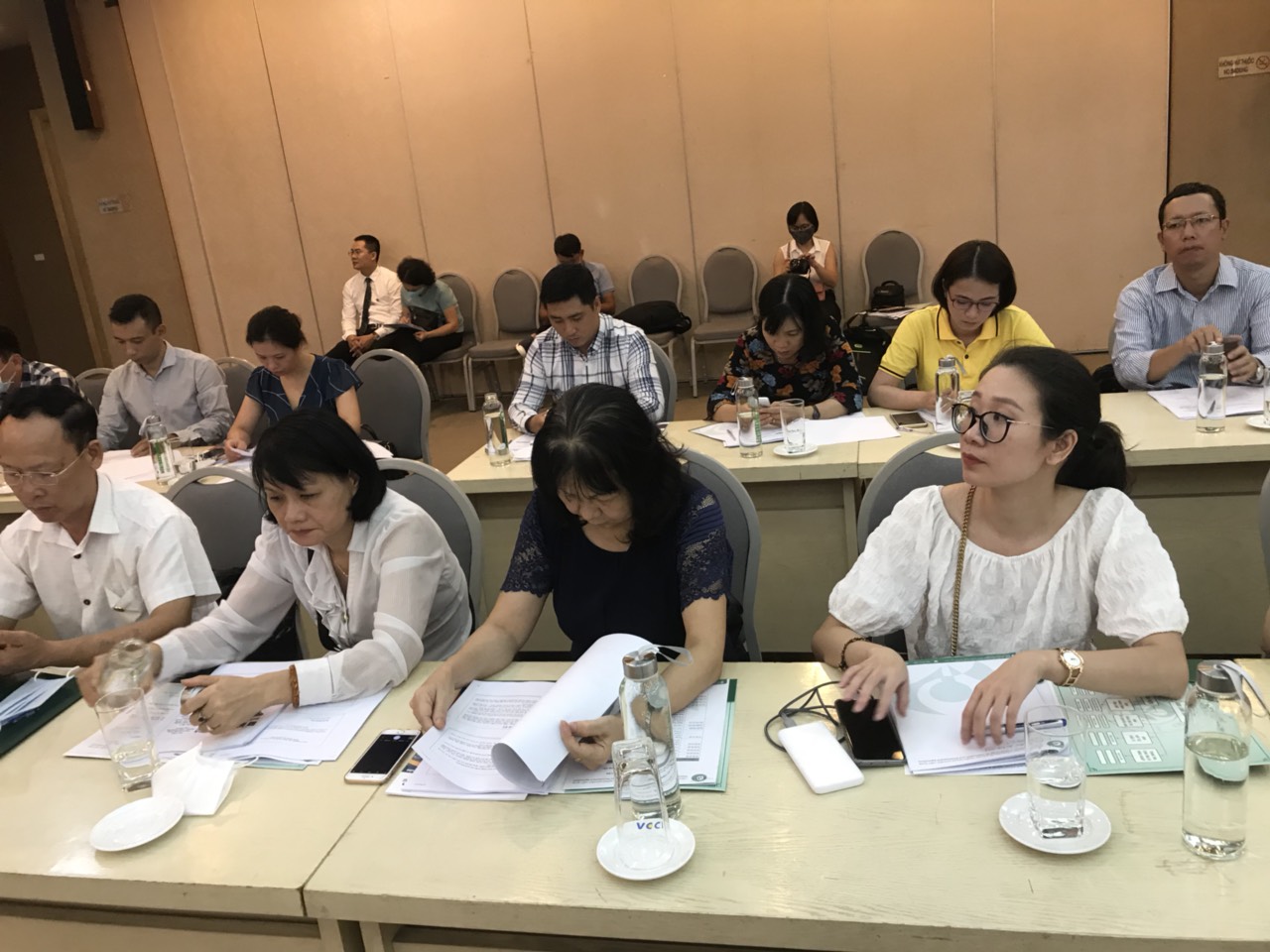
Preliminary conference 6 first month and mission 6 the last month of the year 2020
Morning 29/6, at the headquarters of the Ministry of Agriculture and Rural Development (NN&PTNT) Preliminary meeting took place 6 first month of the year and implementation of the plan 6 the last month of the year 2020. Minister Nguyen Xuan Cuong chaired the Conference with the participation of Deputy Ministers and units of the Ministry of Agriculture and Rural Development..
According to the report, from the beginning of the year to the present, Agricultural sector faces many difficulties, challenges from the Covid-19 pandemic, The plague spread throughout the world “broken, broken” domestic and foreign supply chains. Besides that, The agriculture sector also has to cope with saline intrusion situation in the Mekong Delta, drought in some places in the Central Highlands, South Central and Mekong Delta ...
However looking back 6 the first month of the year, with the close attention of the Government, Fear of support of all levels, industries and efforts, effort of the whole industry, growth rate 6 The month is still quite good: estimated growth rate of production value of the whole industry 1,18% over the same period in the year 2019; GDP growth rate is estimated at over 1%; total exports reached 18,8 billion USD, reduction 2,6% over the same period.
Special quarter II, The agricultural sector regained its growth rate with the production value of the second quarter increasing 2,19%; domestic to meet the demand for food - consumer food during the peak epidemic and still ensure exports. Besides, Sector restructuring continues to be actively implemented in all fields, achieve important results; The difficulties and obstacles to promote exports have been resolved; disease prevention on crops, re-pig herd is well done; and water sources are regulated in time for production, changing suitable crop structure and preventing forest fire.
Minister Nguyen Xuan Cuong spoke at the Conference
Achieving the Government's goal requires greater efforts of the entire agricultural sector. Therefore, The head of Agriculture and Rural Development affirmed: In that context, The whole sector has to deal with double tasks to carry out the very heavy tasks assigned by the Government (GDP growth from 2,8 come 3,2%).
Especially, At all costs must complete two fronts, It is the production of food and food, thereby guaranteeing approx 43,5 million tons of rice, enough food for 100 million Vietnamese people and export from 6,5 come 6,7 million tons. Ensure demand for meat, egg, milk, vegetable… for domestic demand and towards export with a total value of approx 42 billion USD.
“We have to look back at the unfavorable situation, challenge in 6 last month and the following months, From there, set up policies, Operational planning and synchronized action all areas, from administration, career to businesses. The motto is that with double challenges, determination and effort must be made 2-3 times ”, Minister Nguyen Xuan Cuong emphasized.
Minister Nguyen Xuan Cuong affirmed: When faced with difficulties, big challenge, we have to focus our intellect to come up with solutions, Do not backward, Do not change the annual plan target 2020 that the Government assigns.
(Source: Ministry of Agriculture and Rural Development)
Science and technology are a lever to create momentum for agricultural production
Attending the meeting were Deputy Minister of Science and Technology&Mr. Phạm Công Tạc, Deputy Minister of Agriculture and Rural Development Le Quoc Doanh and functional units of the two ministries.
Opening speech of the meeting, Deputy Minister Pham Cong Tac emphasized: Year 2020 The last year is important to ensure the achievement of the goals of the implementation of the Economic Development Plan – society's stage 2016-2020, prepare to summarize the stage of science and technology development strategy 2011-2020 approved by the Prime Minister in Decision No. 418 / QD-TTg dated 11/4/2012; as well as assess the results achieved in the directional implementation, target, KH mission&Sun phase 2016-2020 approved at Decision No. 1318 / QD-BKHCN dated 05/6/2015 of the Minister of Science and Technology&CN. The current, Ministry of Science and Technology&Industry is conducting restructuring programs&National industry towards serving practical goals of socio-economic development, strengthening defense potential and waiting for the Prime Minister's approval of directions, target, KH mission&Sun phase 10 year 2021 – 2030 and Ministry of Science and Technology&CN approved scientific programs&CN national stage 2021-2030. Year 2020 also the year that summarizes many phase coordination programs 2016-2020 between the Ministry of Science and Technology&CN with the ministries, branch. The content and objectives of the Coordination Programs should be reviewed and signed for the next phase 2021-2025. Ministry of Science and Technology&CN has issued guidance No. 254 / BKHCN-KHTC days 07/02/2020 on guidelines for planning and planning KH budgets&Sun year 2020 addressed to the Ministries, Sector clue plan. The Government has issued Directive No. 18 / CT-TTg dated 14/4/2020 on the development of the Economic Development Plan – society 5 year 2021 – 2025. Therefore, today's meeting of the two ministries not only assesses the results of scientific and technological activities over the past time, but it is very necessary to point out the issues that need to be prioritized in the year. 2021 and stage 2021-2025 to put in the plan year and plan 5 year.
After hearing the report of the Ministry of Science and Technology&CN, Ministry of Agriculture and Rural Development and the opinions of the managers, scientists, The two ministries agreed on the tasks to be implemented in the coming year and the following years: Agree on a plan to summarize the effectiveness of the Joint Program between the two ministries; signed a program to coordinate scientific activities&Sun between the two ministries for the period 2021-2025. Promote evaluation of the implementation of National Science and Technology Programs for the year-end 2020; Evaluation and approval of adjustment of high-tech applied agriculture program, National product program phase 2021-2025; Proposing the Prime Minister to add some key agricultural products to the national list of products; Strengthen coordination in quality measurement work, Agricultural intellectual property; Attaching importance to promoting coordination between the two ministries on legal documents; The two ministries agreed to soon focus on reviewing and supporting the restructuring of national science and technology programs in agriculture in the spirit of Resolution. 01, 02 government…
Speaking at the meeting, Deputy Minister of Agriculture and Rural Development Le Quoc Doanh highly appreciated the achievements of science and technology in the agricultural sector.. Science and technology have been a lever to create momentum for agricultural production, Ensure steady and stable growth, despite extreme weather conditions due to climate change, constant epidemic. Deputy Minister Le Quoc Doanh also highly appreciated the coordination of science and technology activities between the two ministries and suggested the coming time, Ministry of Science and Technology&Industry needs to focus resources on technological research to serve production along the value chain (Priority for deep processing) Creating added value of Vietnamese agricultural products.
Closing remarks, Deputy Minister Pham Cong Tac stated: A country with more than half of its population engaged in agricultural production, science and technology must give priority to the development of agricultural production. In addition to the ongoing national programs, the Ministry of Agriculture and Rural Development may form ministerial-level science and technology programs according to priority fields.. The Ministry of Agriculture and Rural Development considers investment projects to be included in the medium-term plan to implement tasks already approved by the Prime Minister in Decision No. 1670 / QD-TTg., Decision No. 1671 / QD-TTg as: National botanical garden, key laboratories… Implement missions to prevent desert grasshoppers pests and plant pests; Focus on perfecting and promulgating standards, National standards to boost the export of agricultural products. From now till the end of the year 2020 The two ministries have cooperated more closely to review and summarize the Program of coordinating activities&CN, Other national programs on agriculture and rural development./.
(Source: Science and technology)


